Day 22 - Walking The Nakasendō, Japan - Climbing 13 Mountain Passes From Ena To Okute, the Biwa Pass To Hosokute, and the Story of the Stone Buddha Without A Head
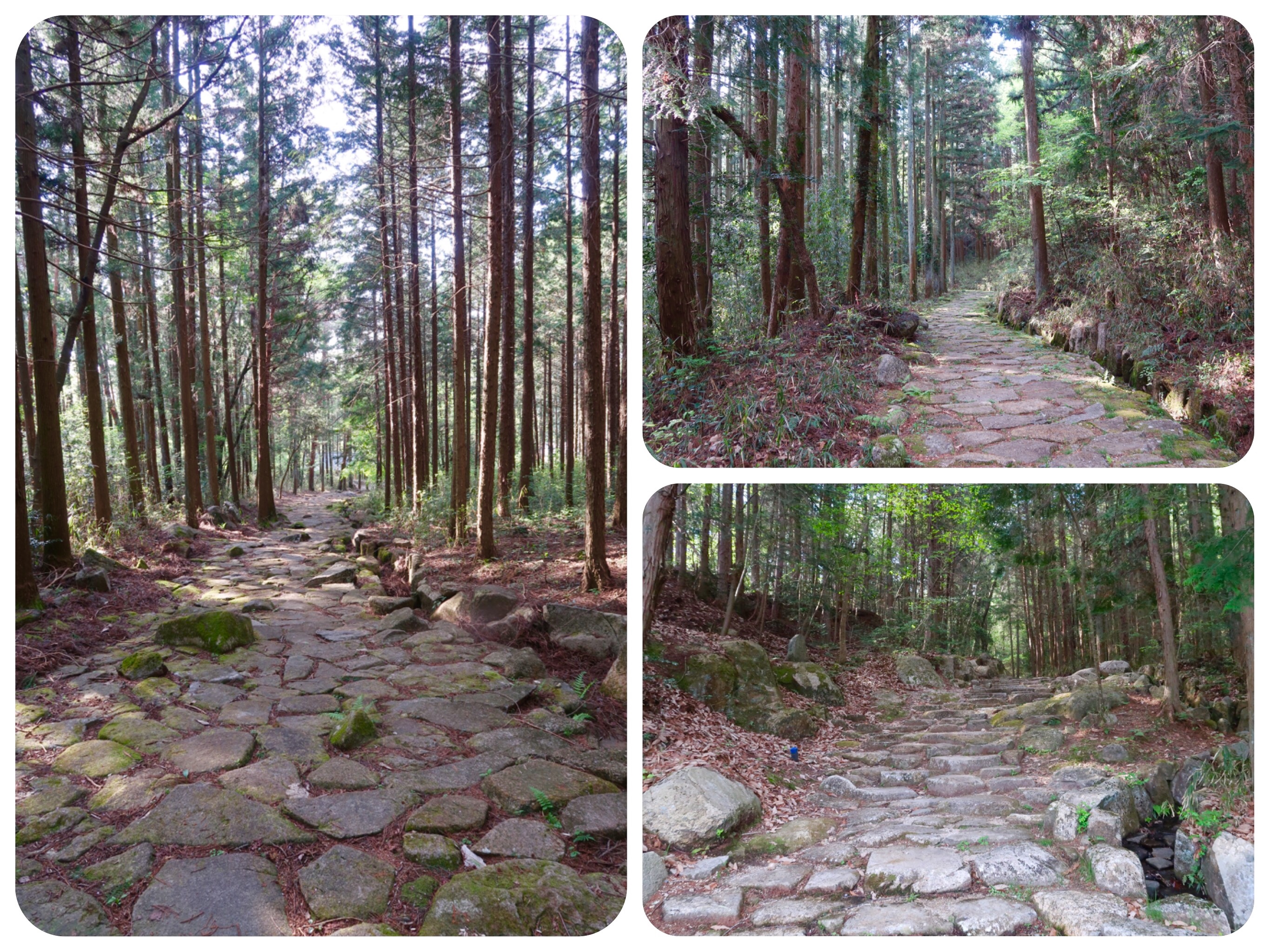

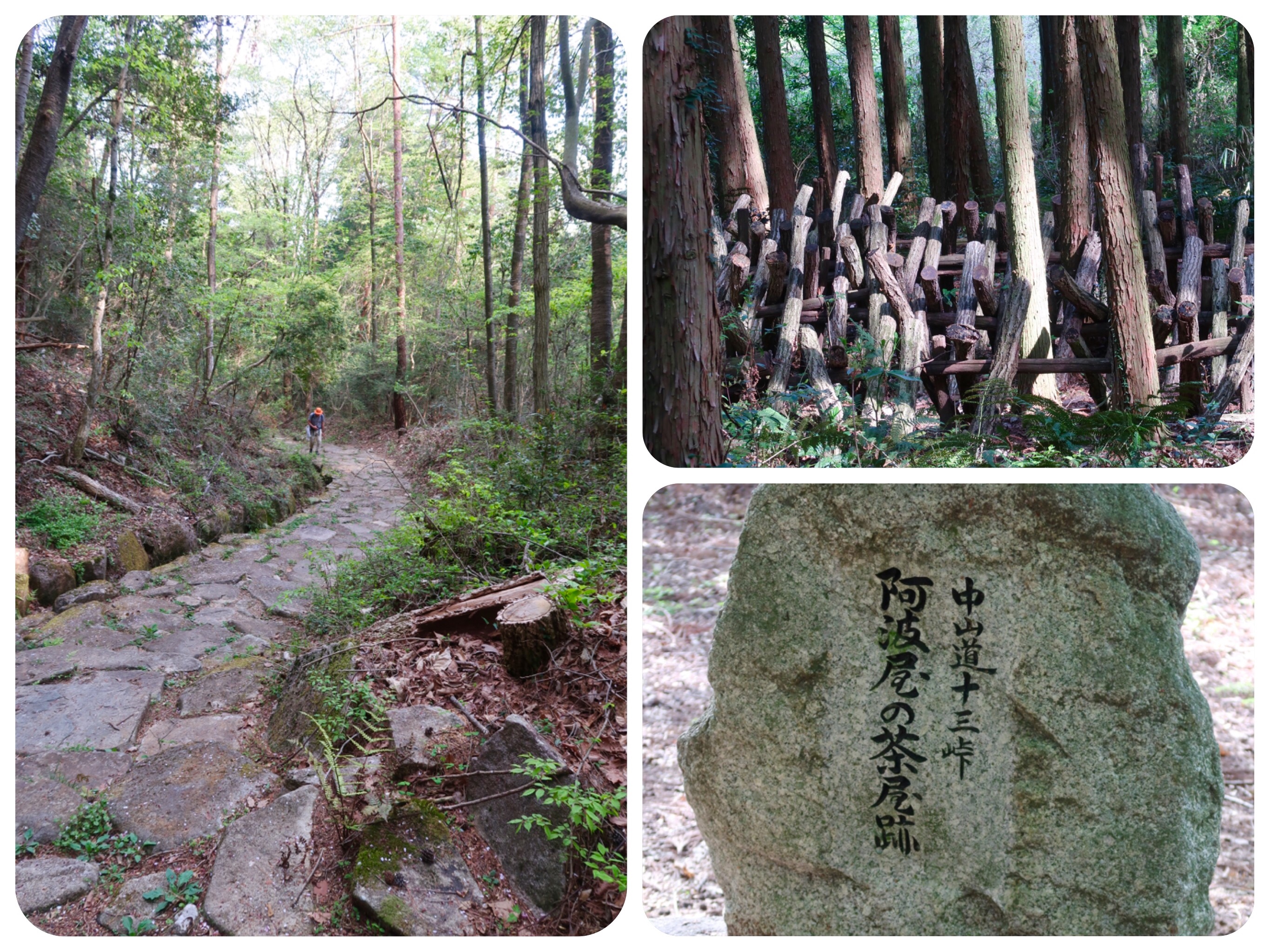
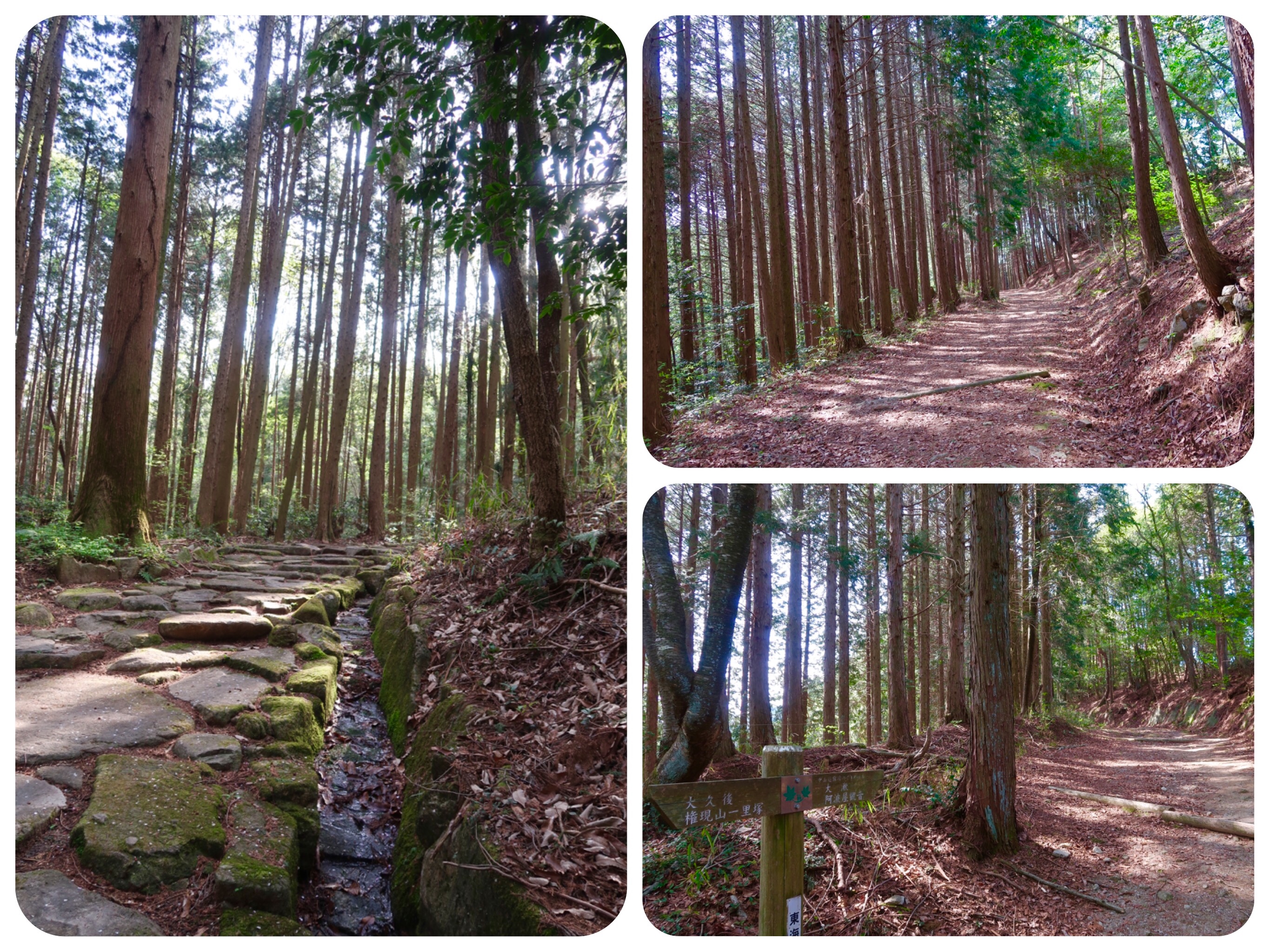
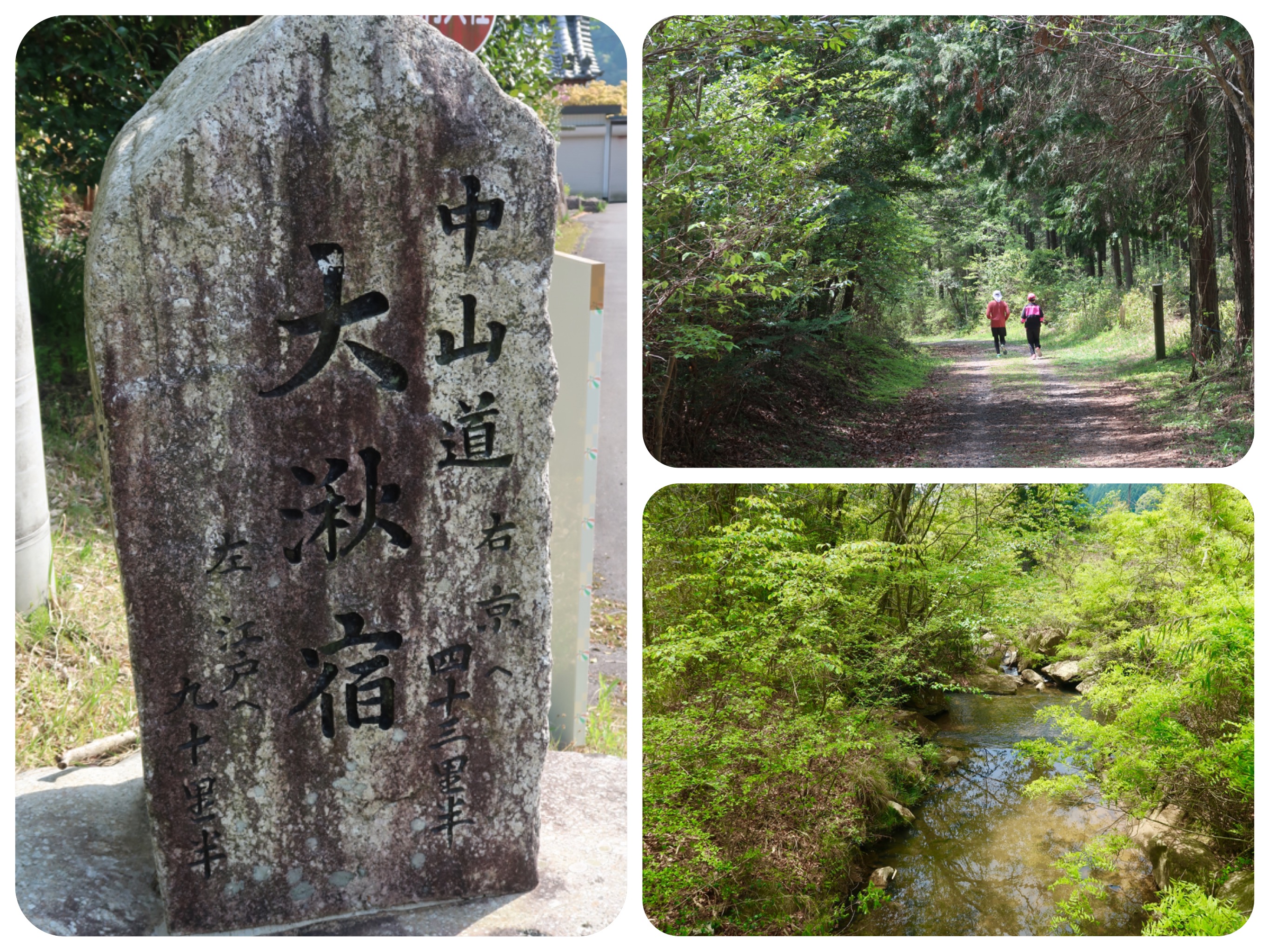
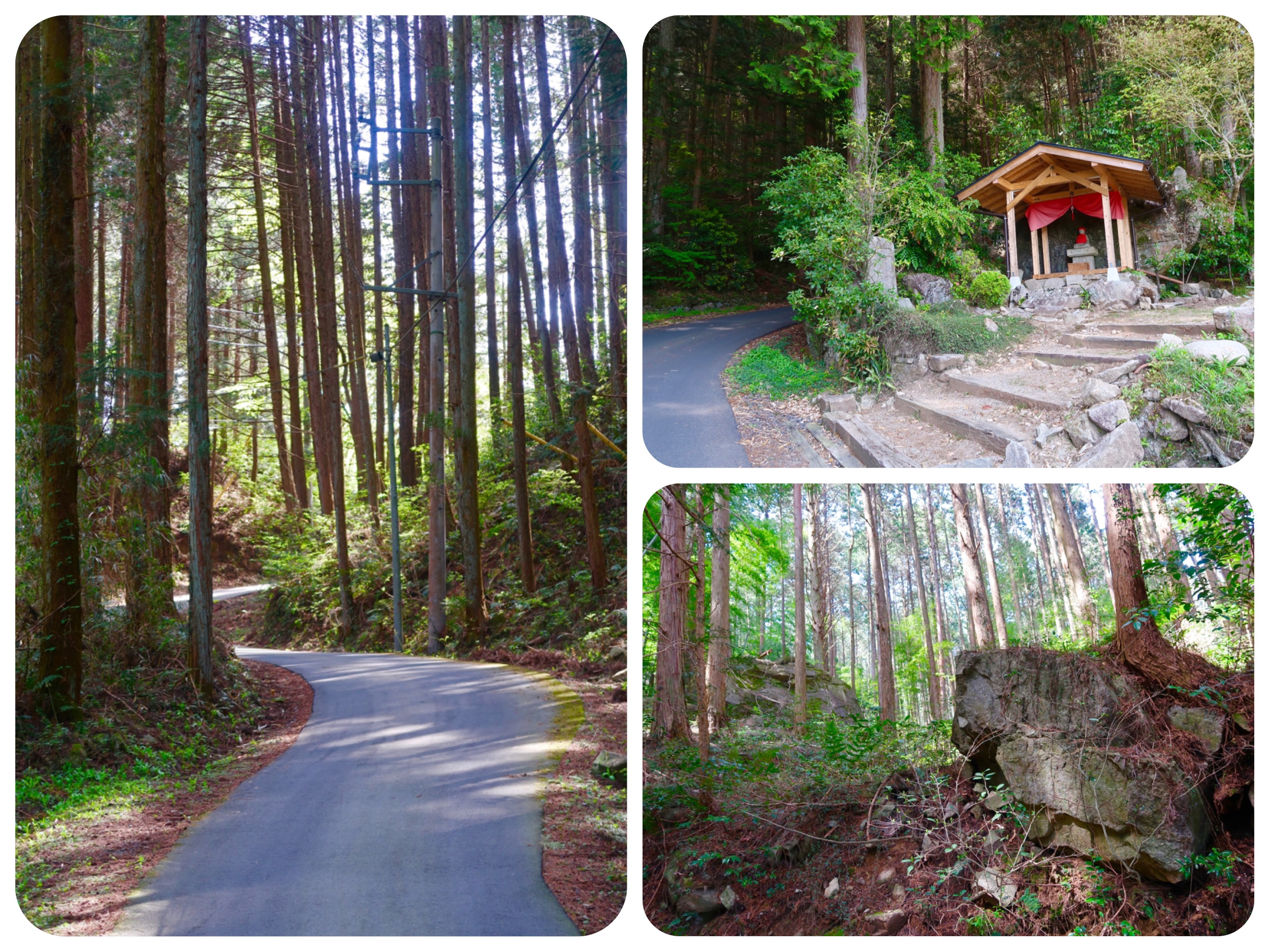
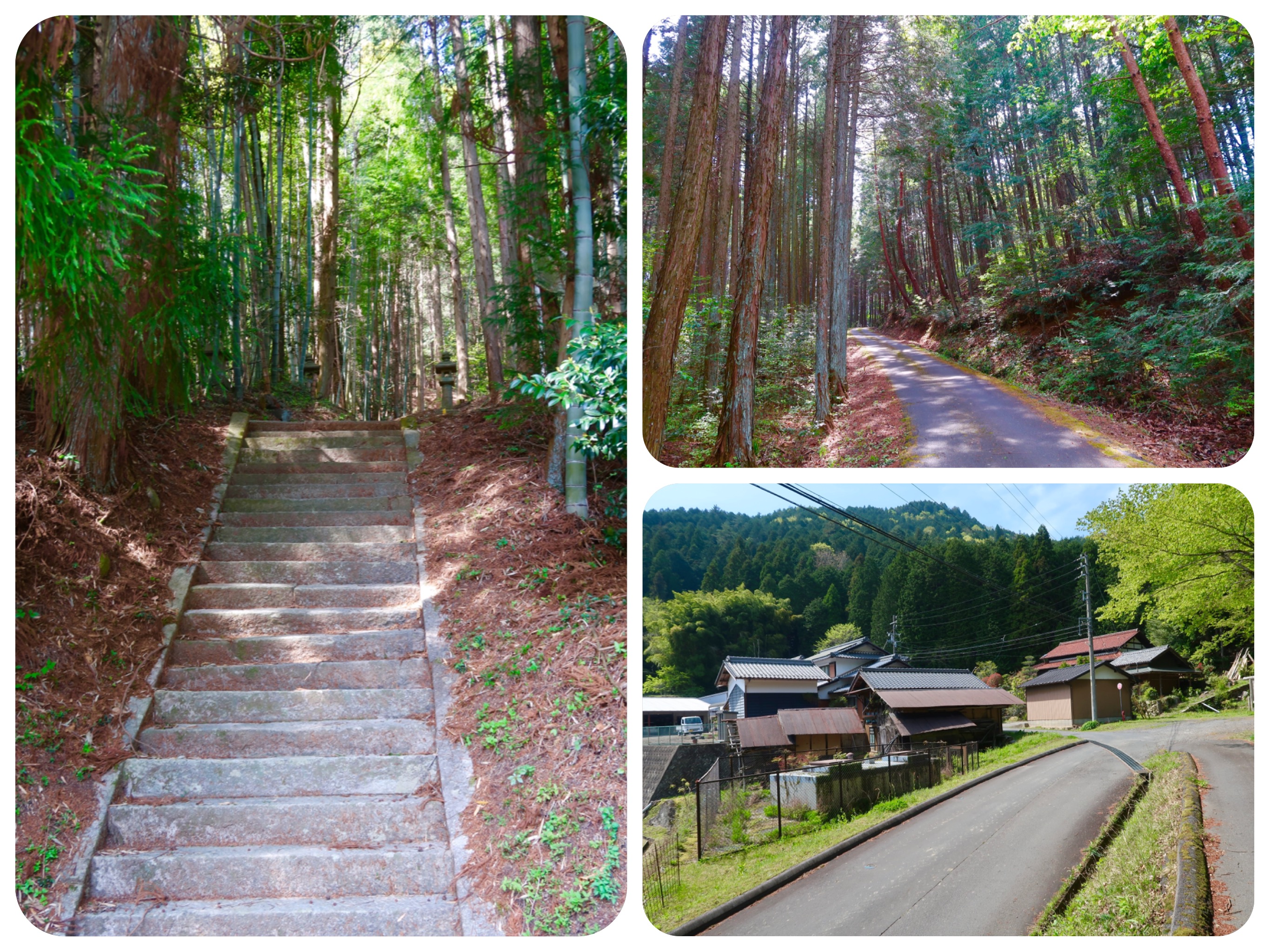
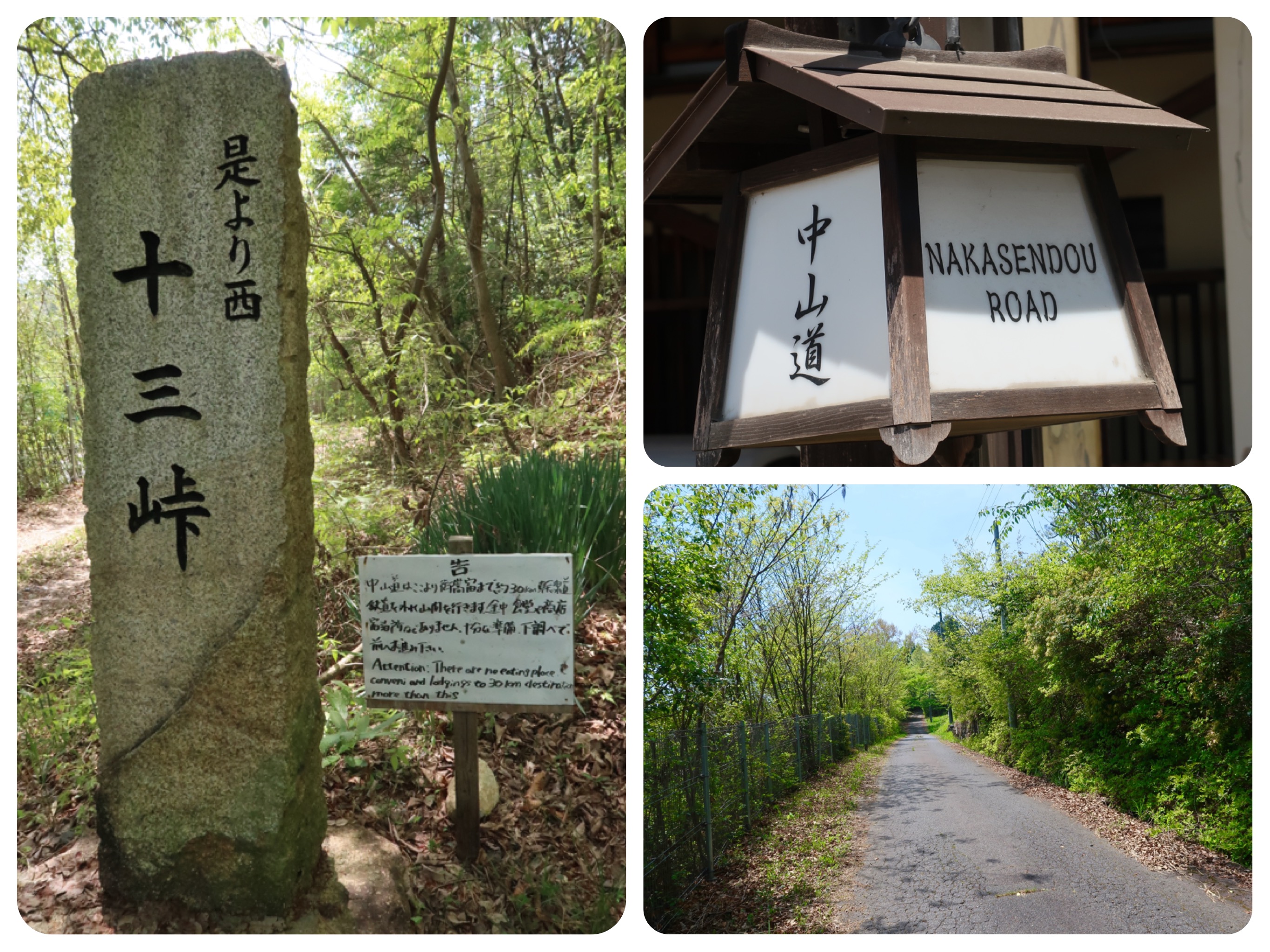
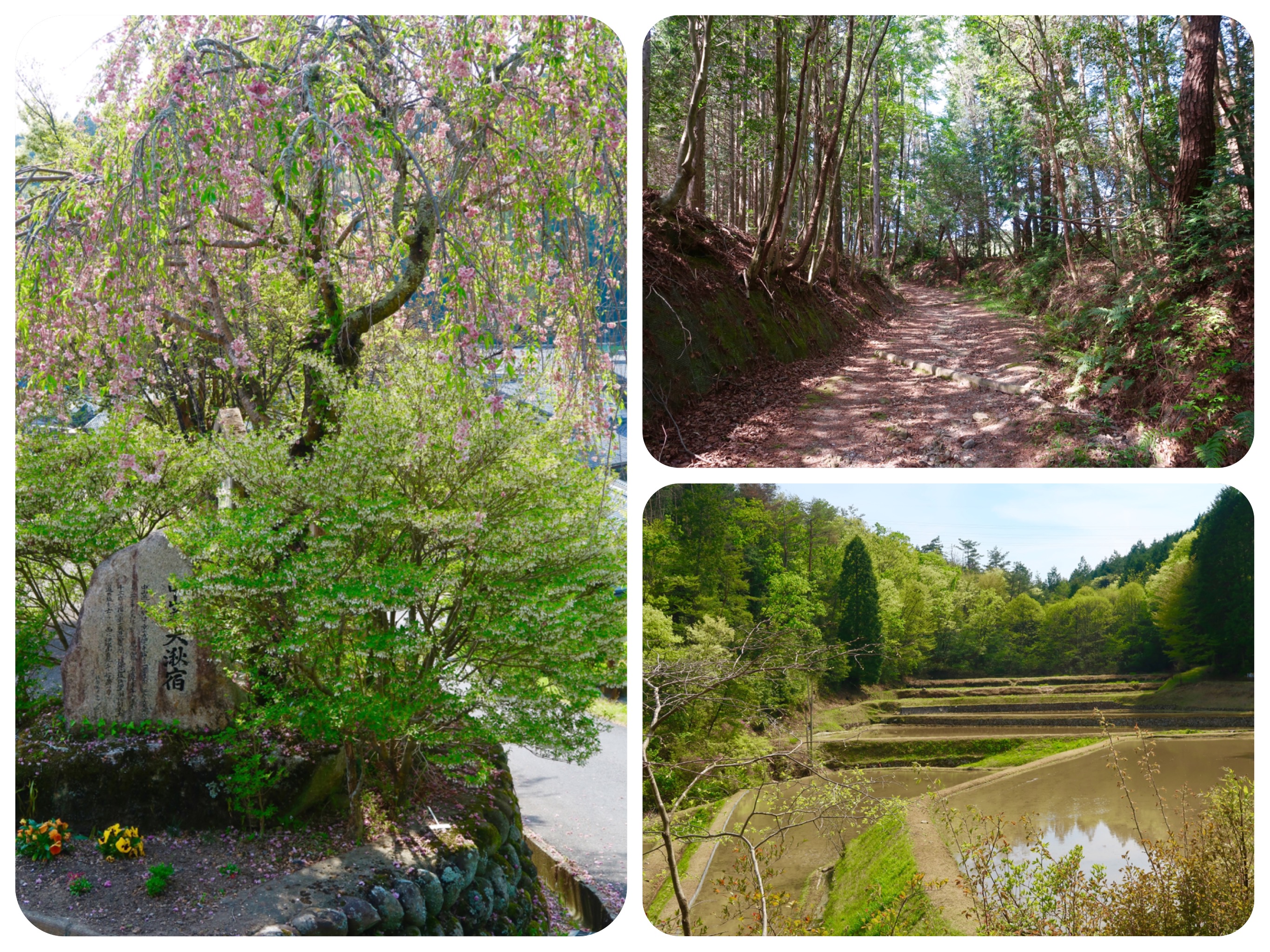
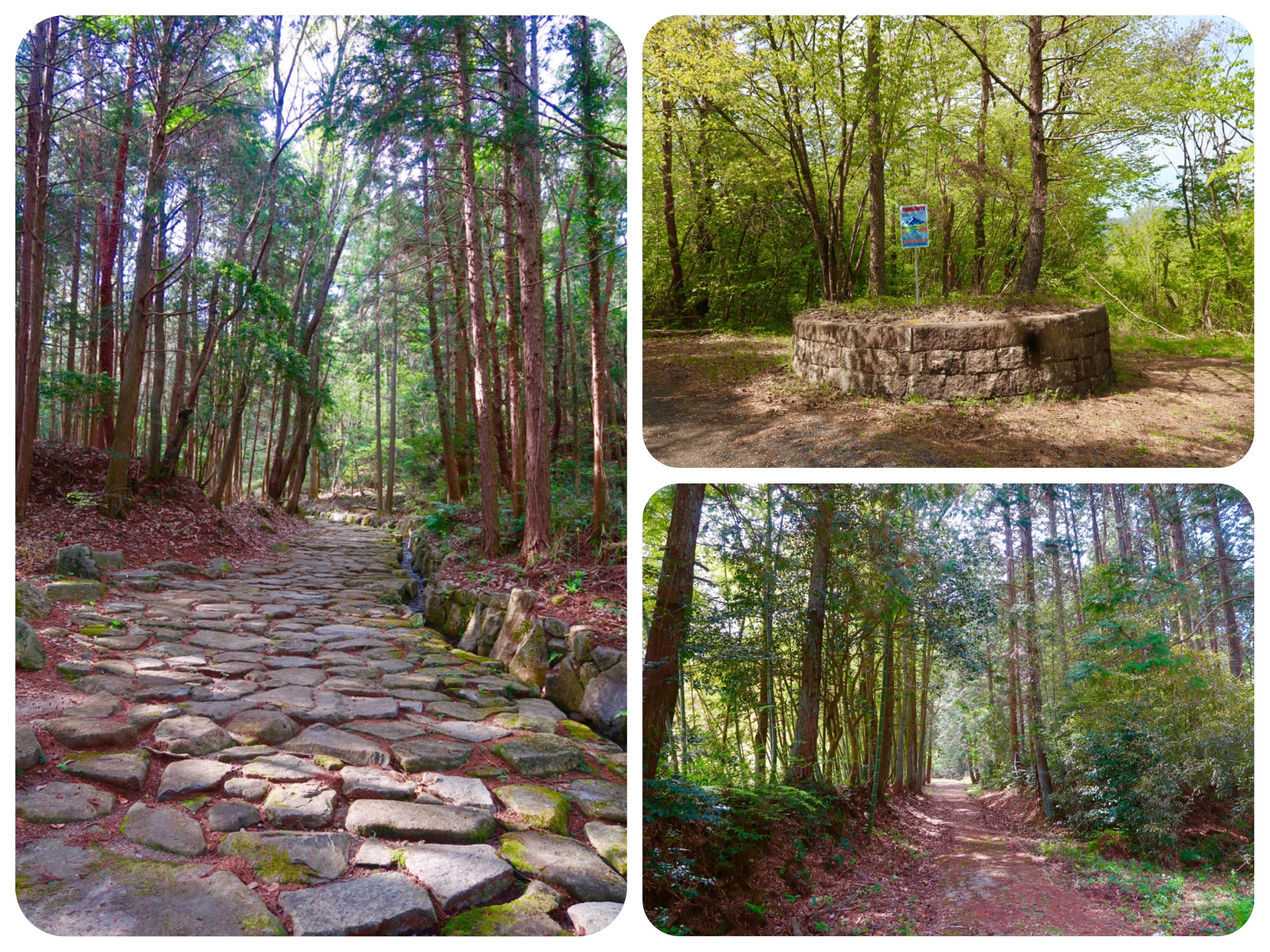
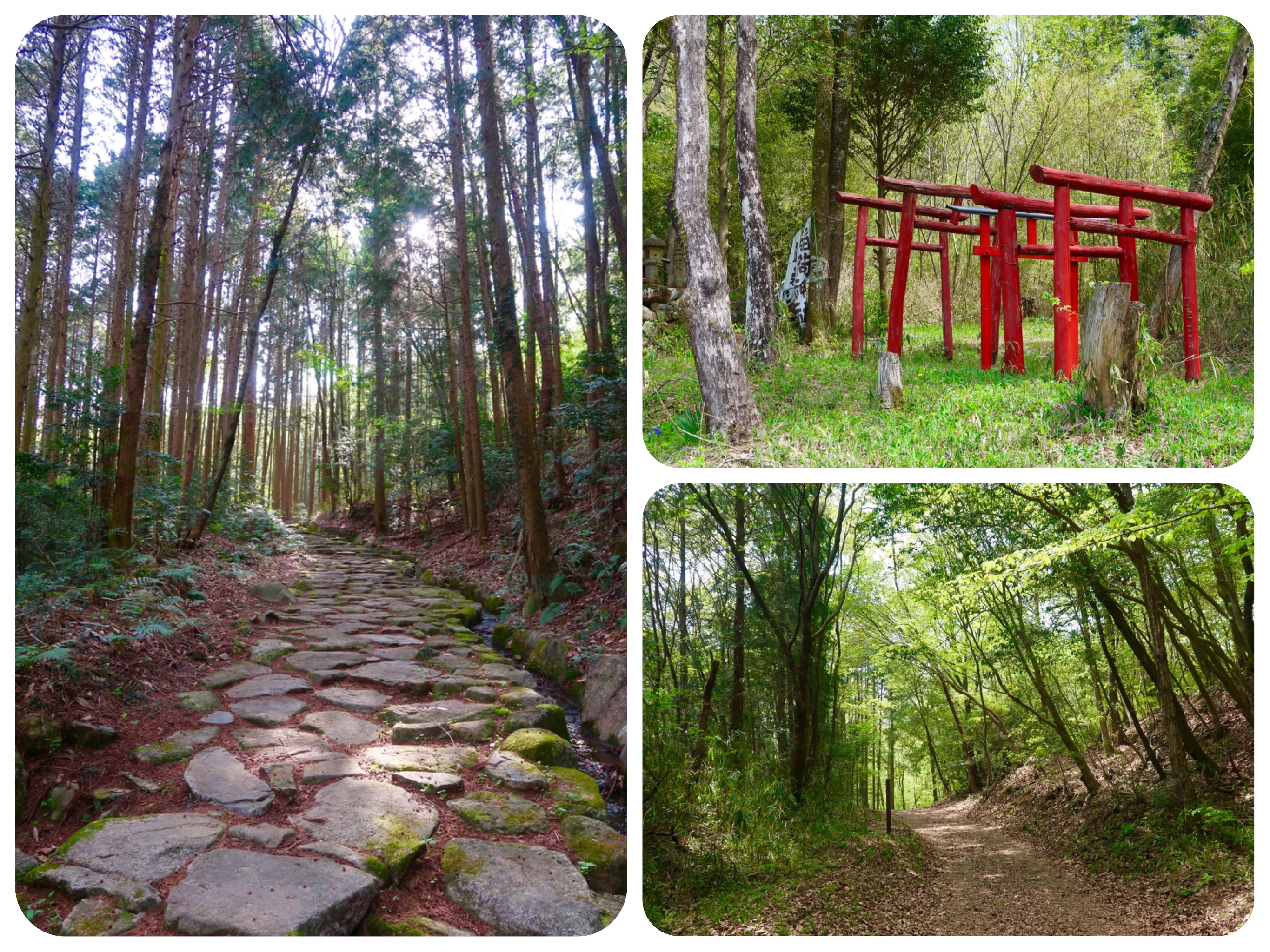
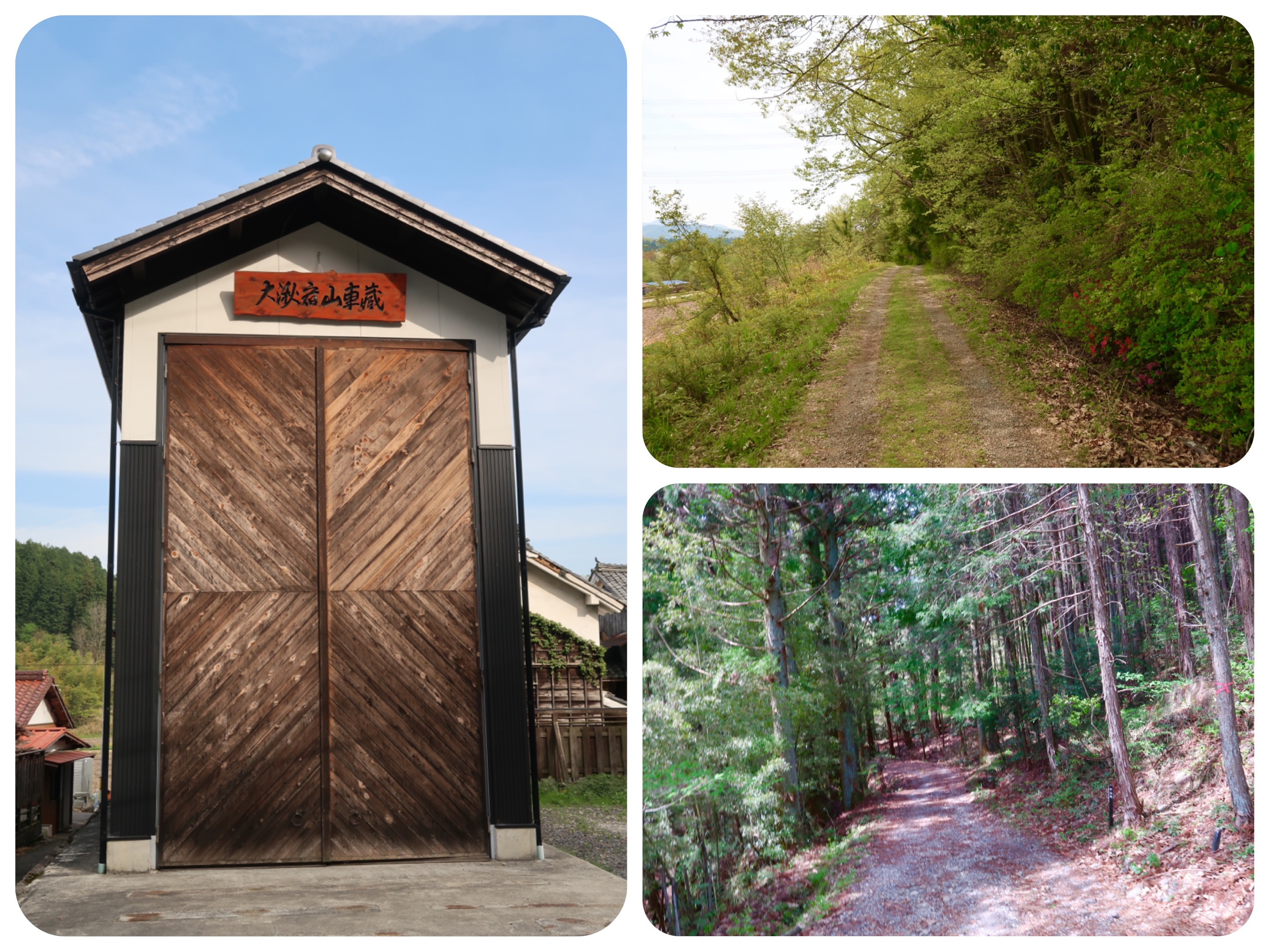
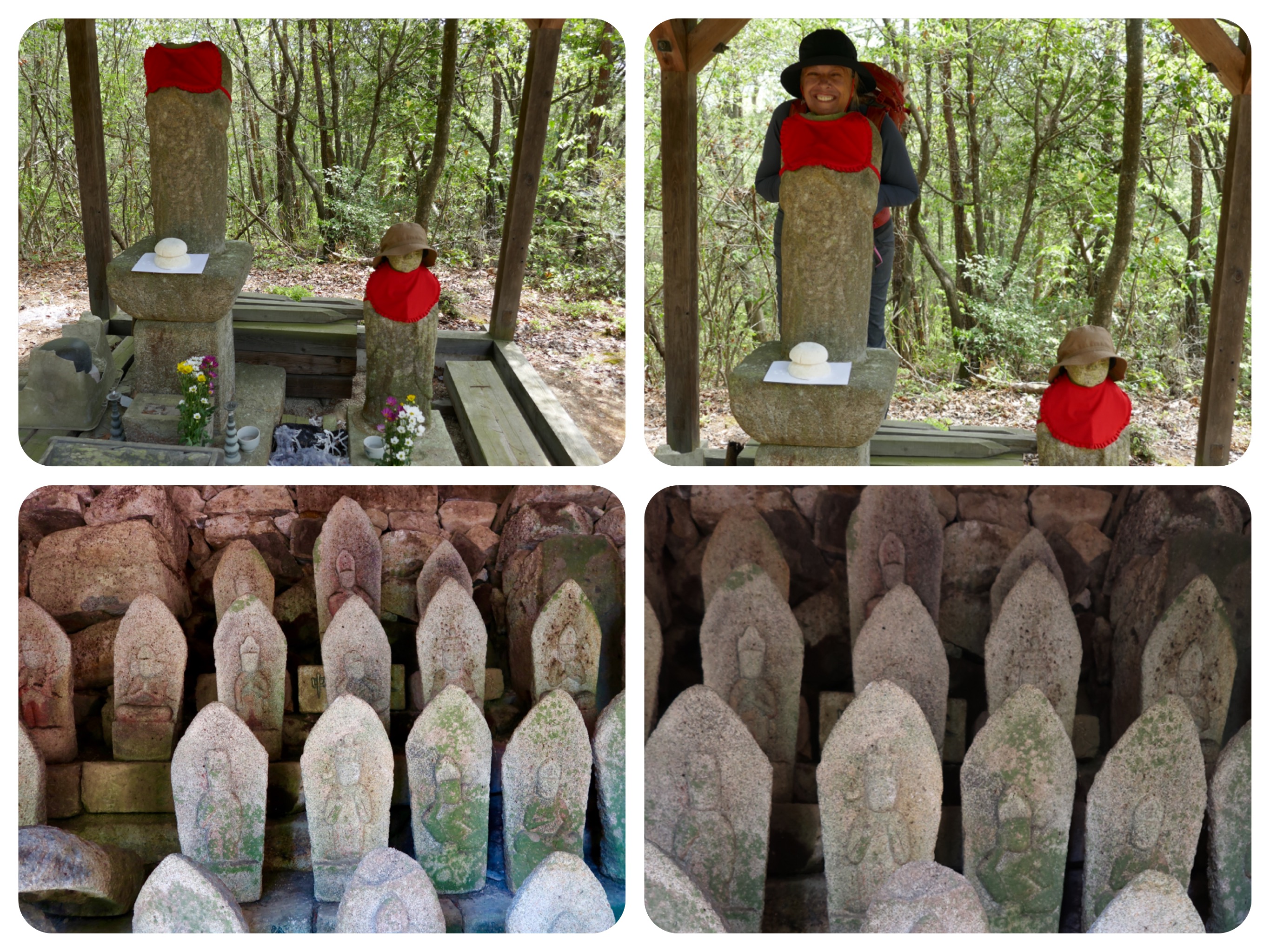
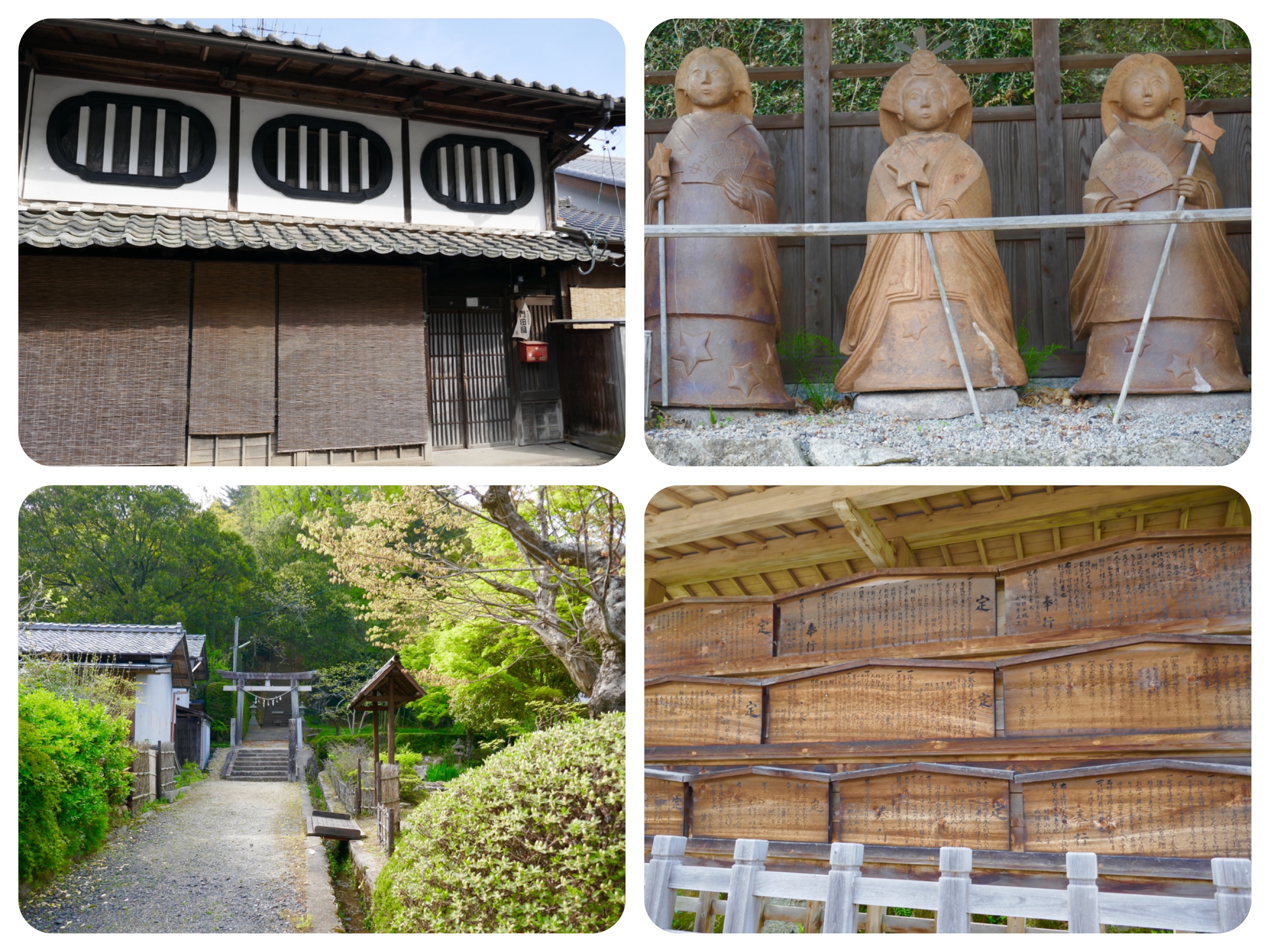
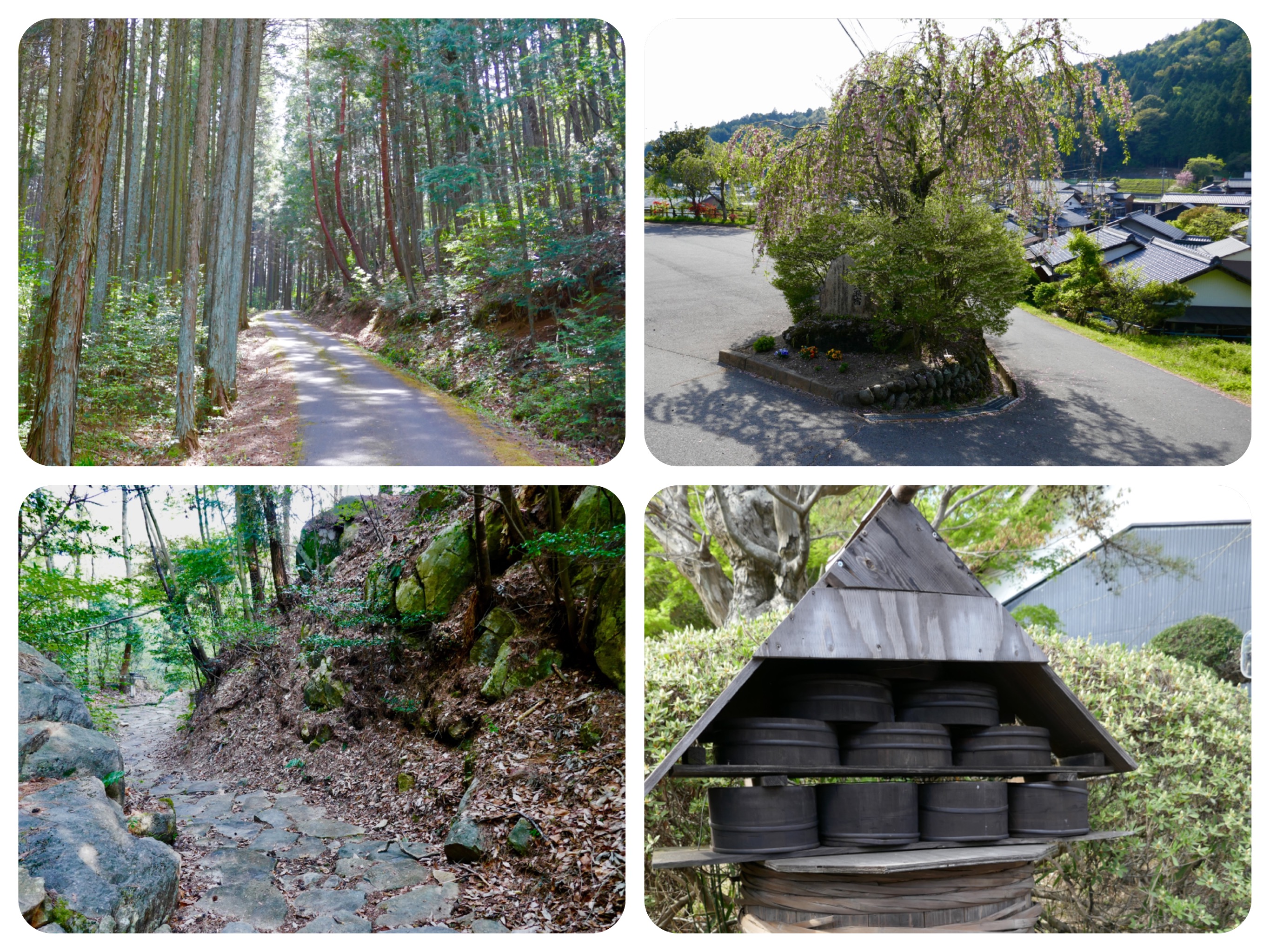
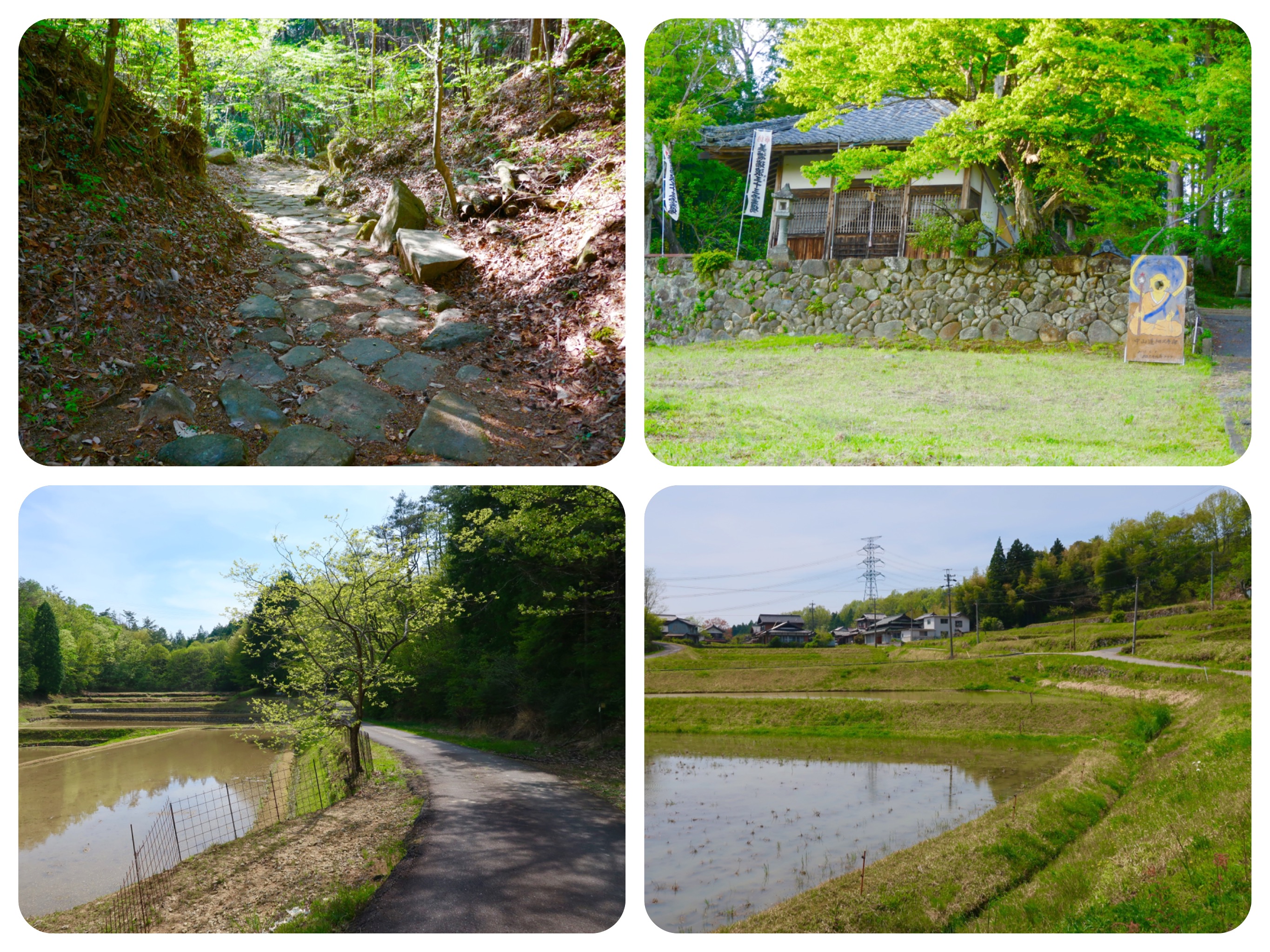
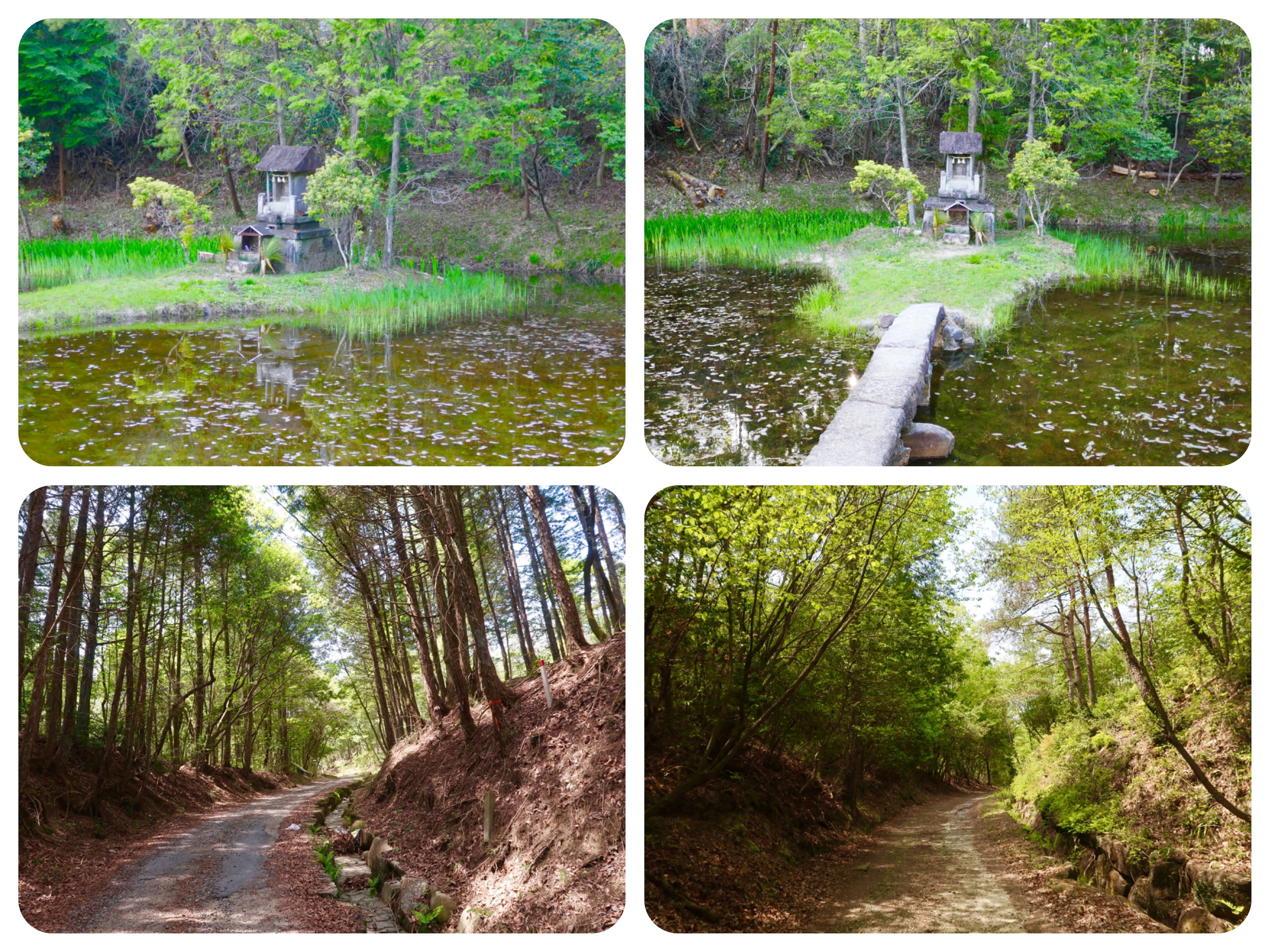

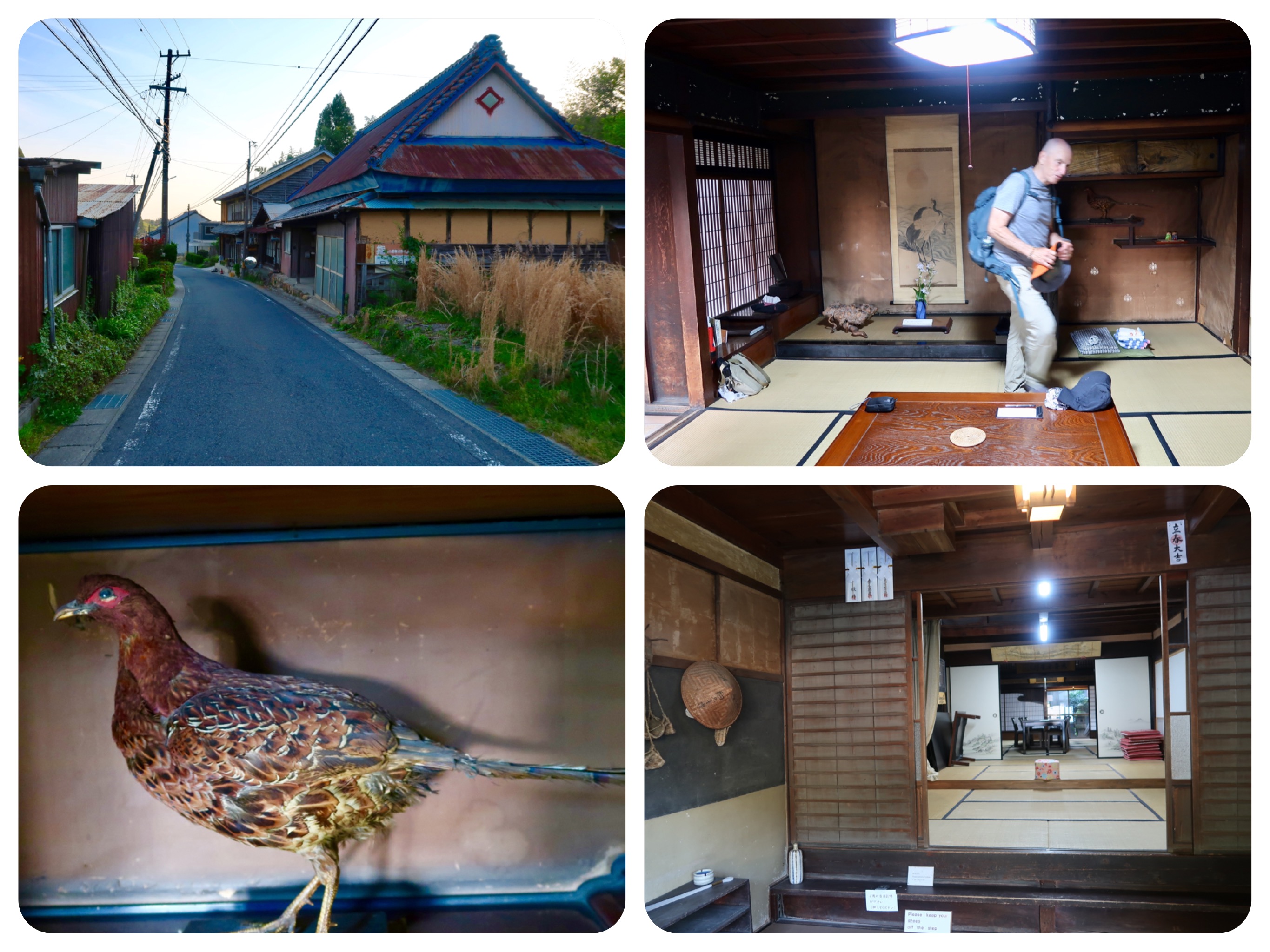
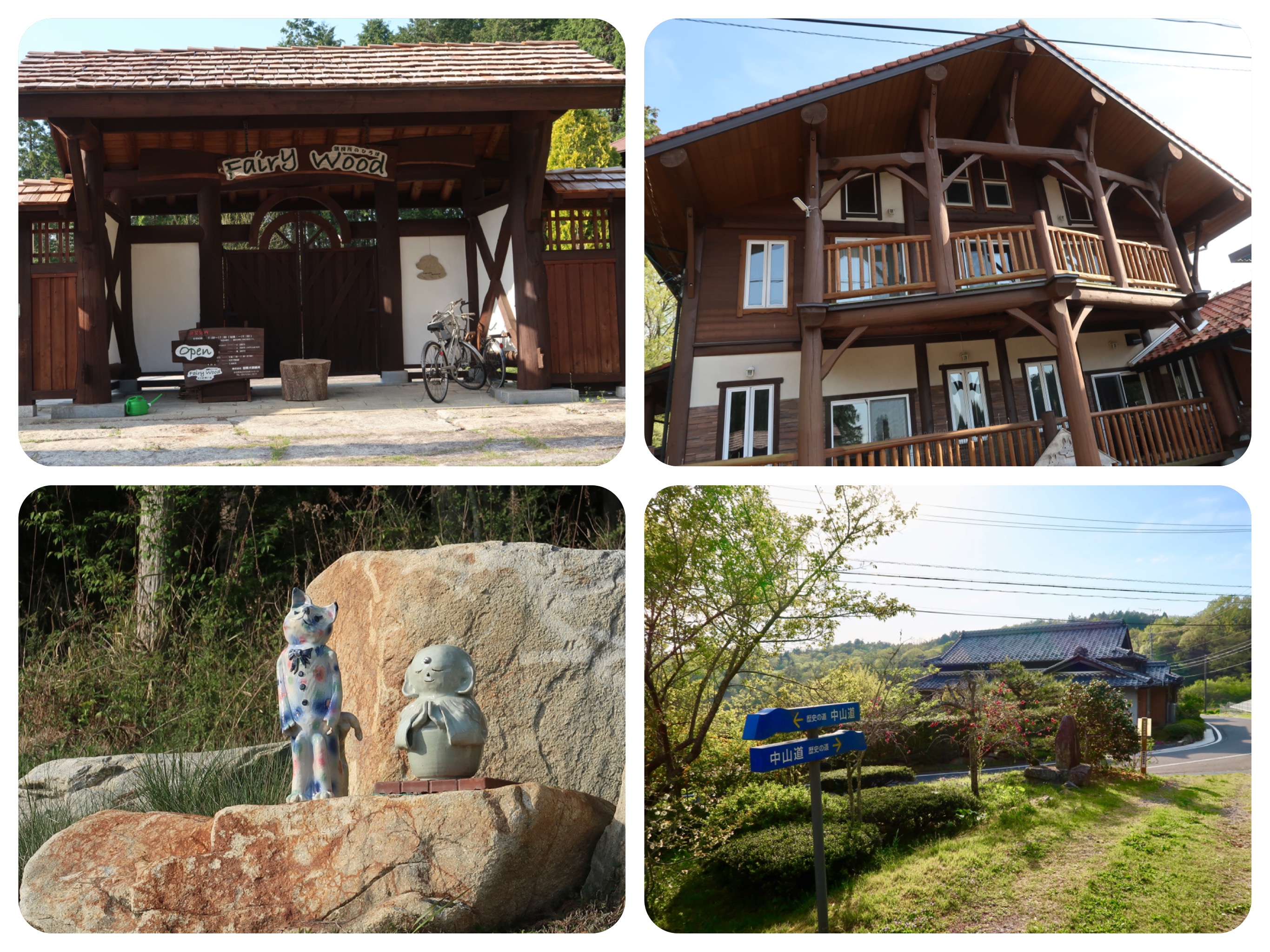
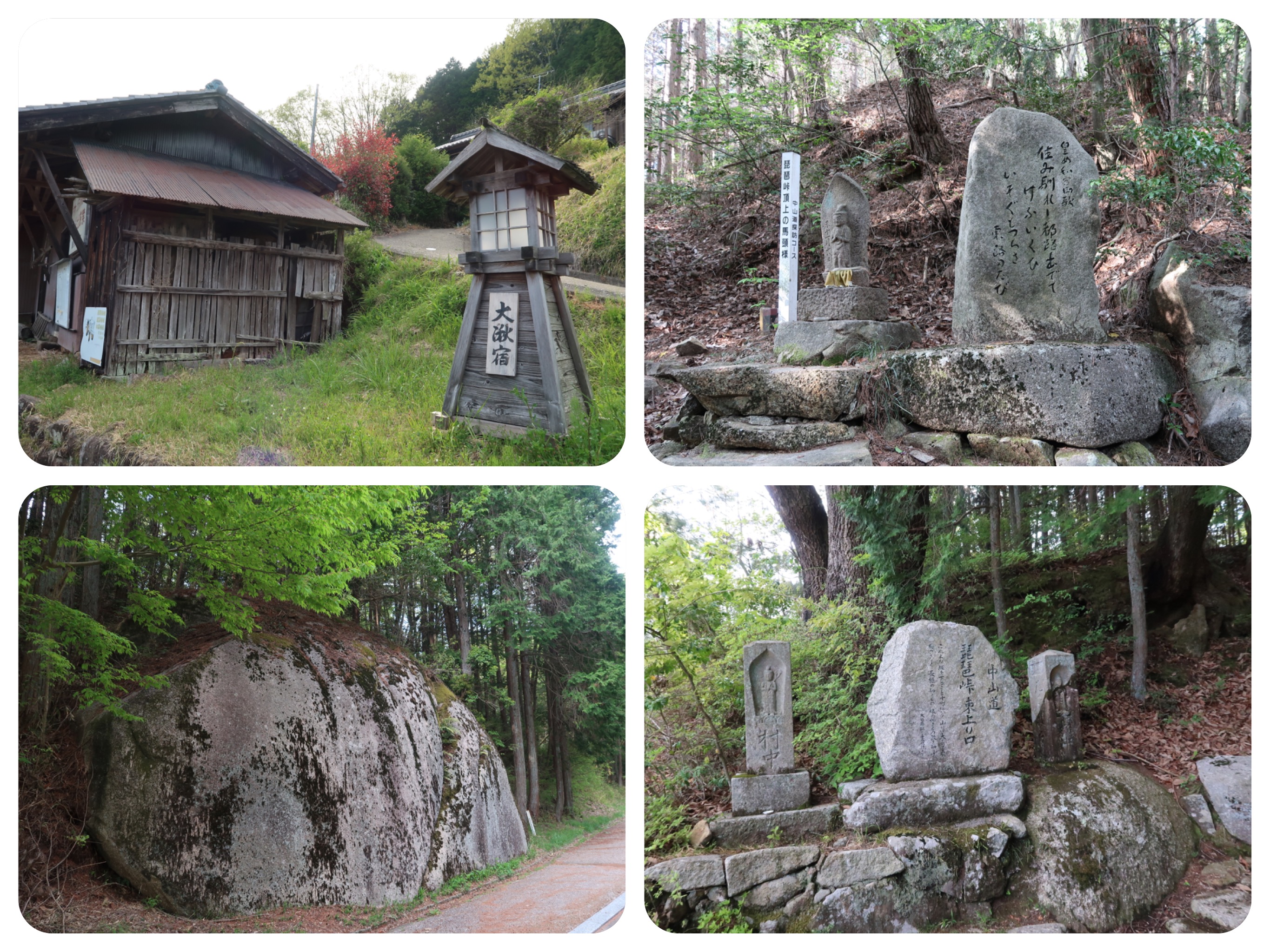
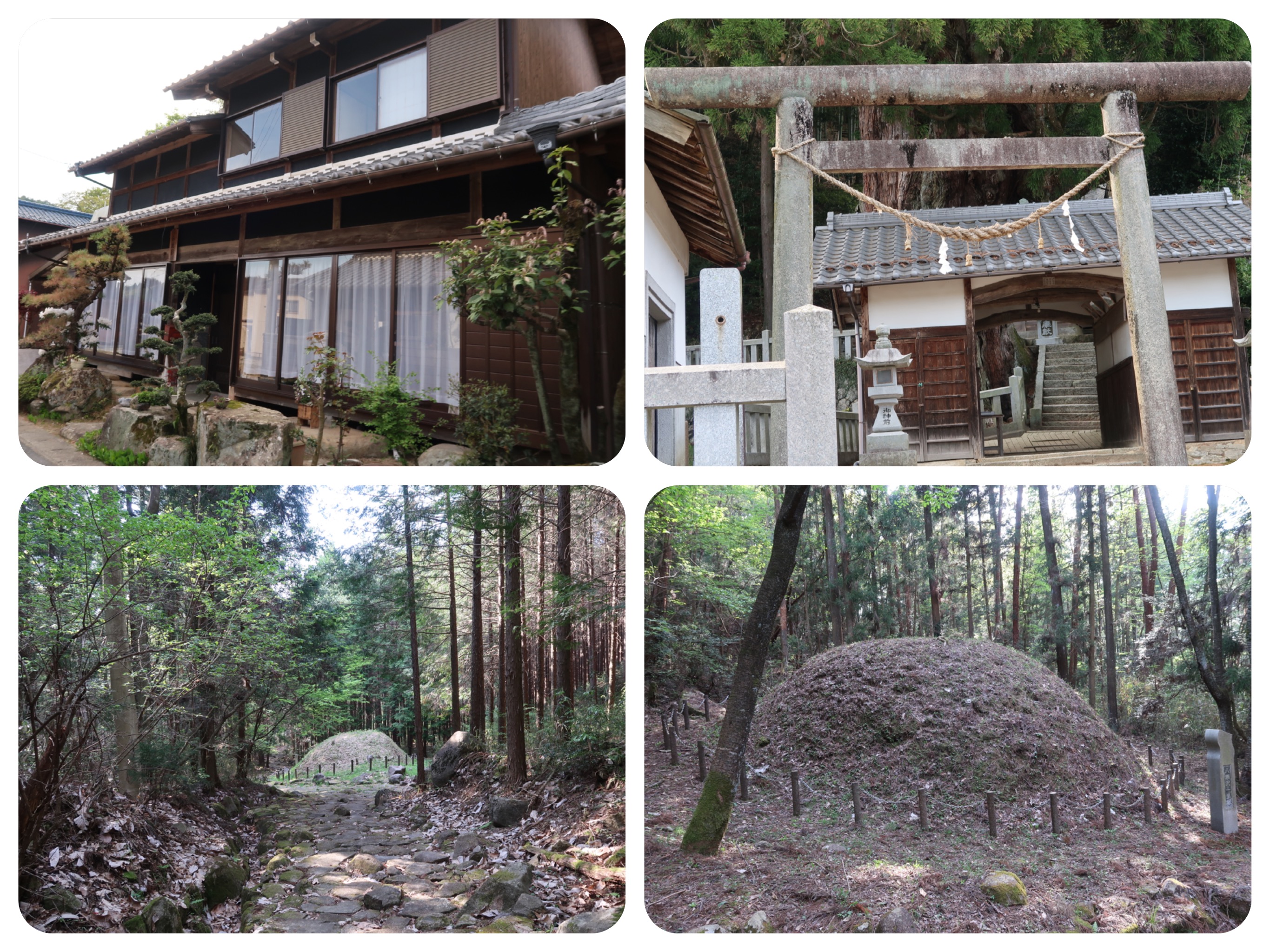
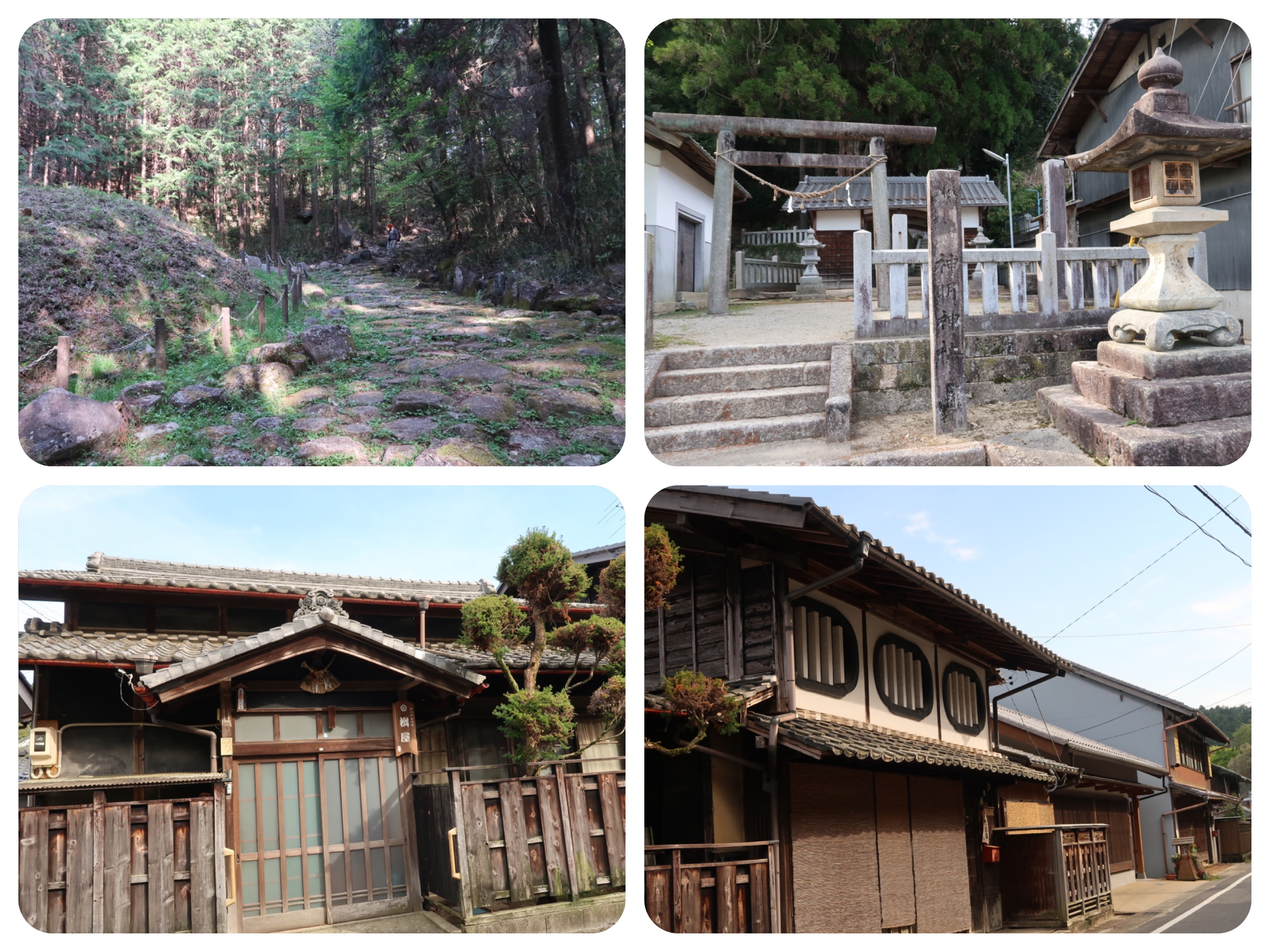
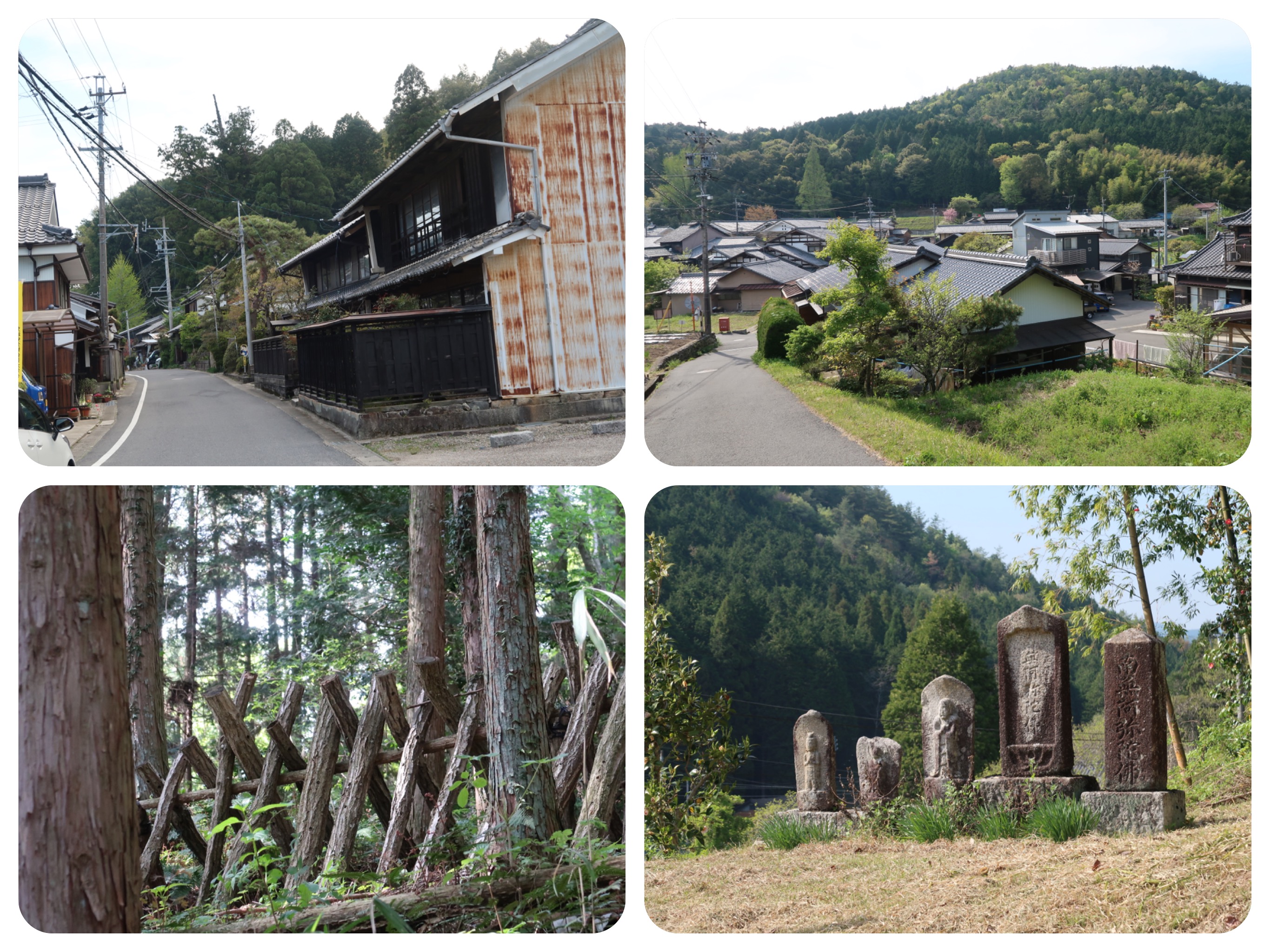
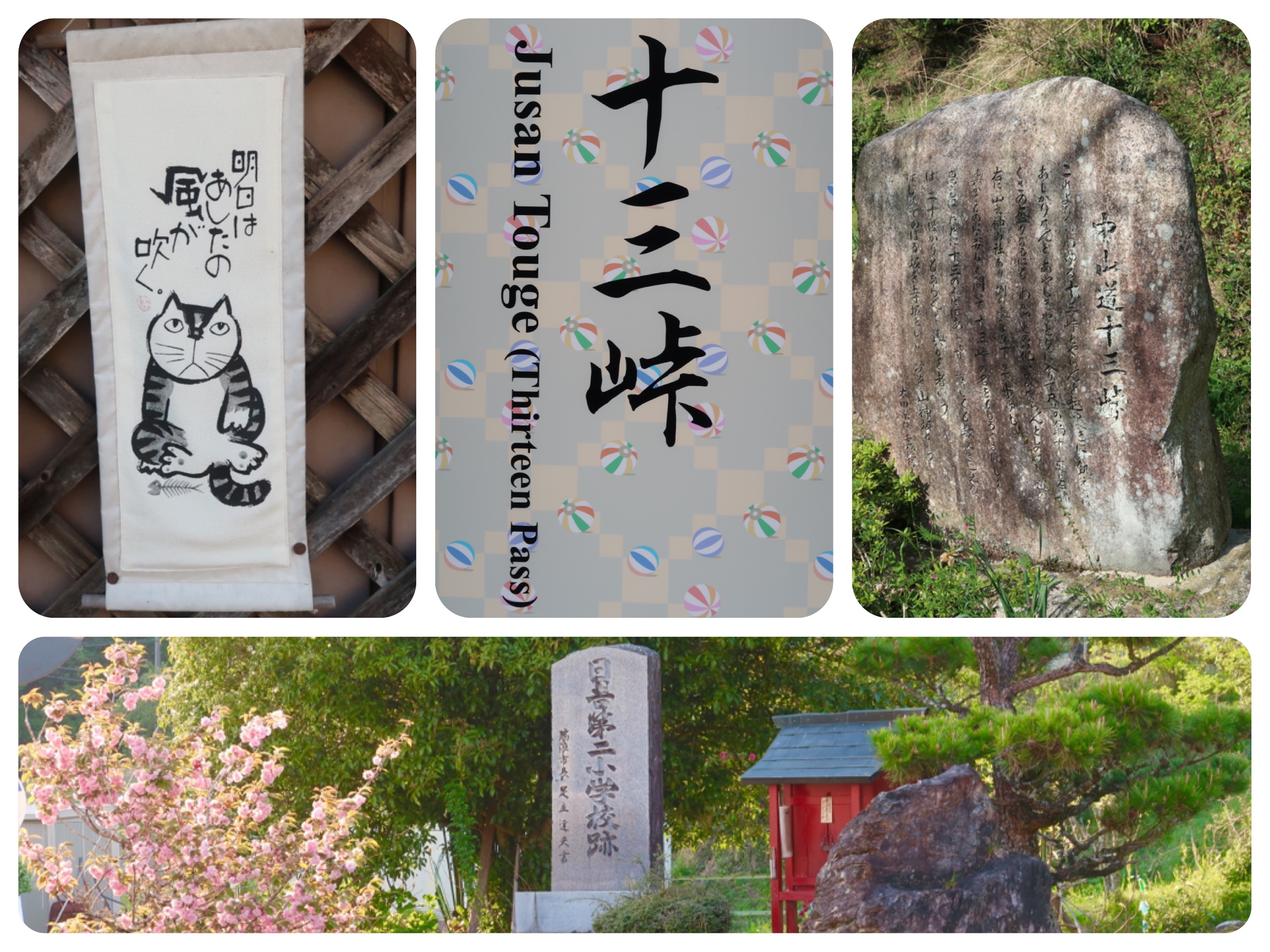
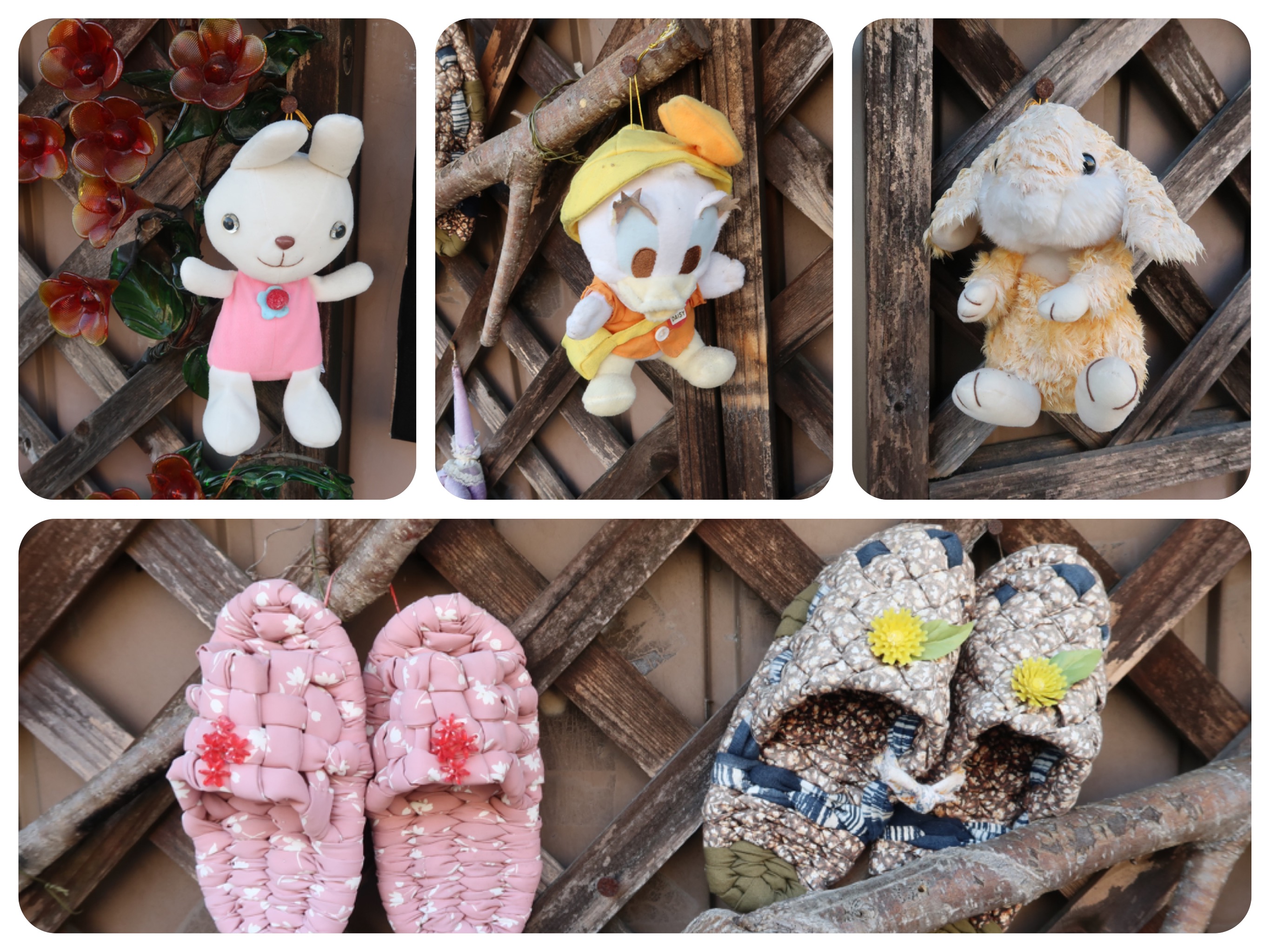
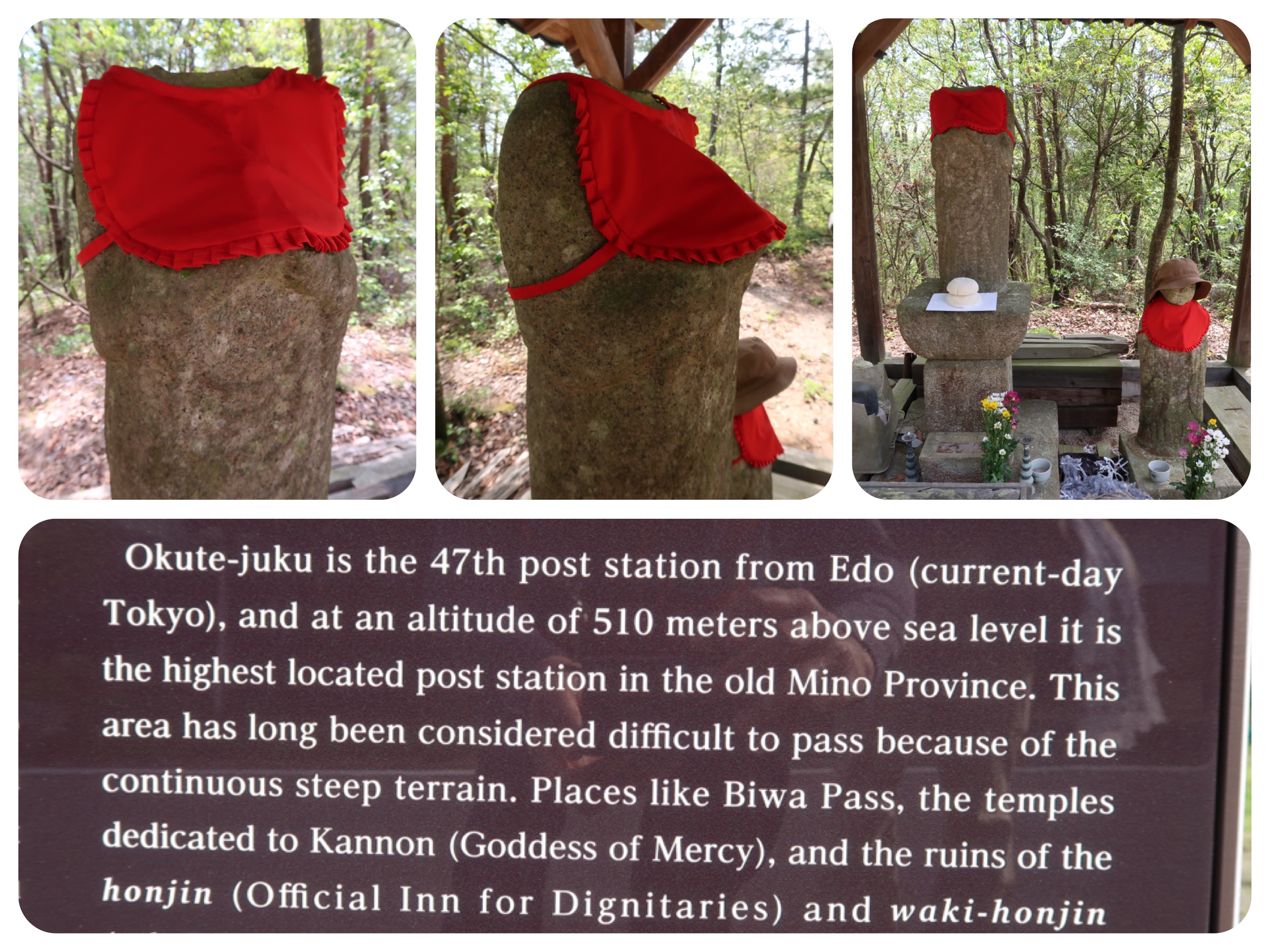
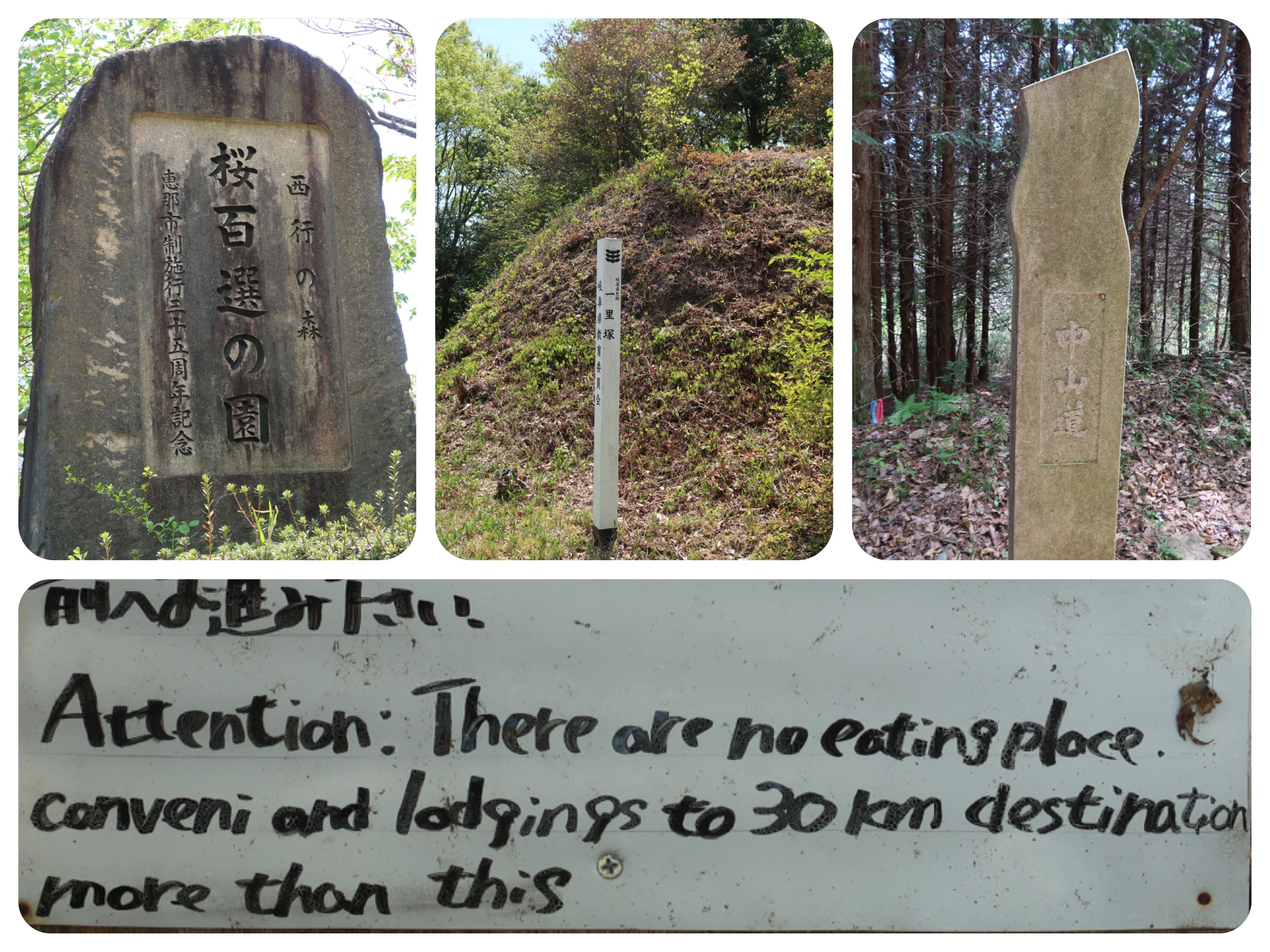
Day 22 - Walking The Nakasendō, Japan - Climbing 13 Mountain Passes From Ena To Okute, the Biwa Pass To Hosokute, and the Story of the Stone Buddha Without A Head
I have to tell you, I did lose sleep over how to plan the two days of walking between the post towns of Ena and Mitake.
There are almost no places to stay, and the section of the Nakasendo between Ena and Hosokute remains undeveloped, with no railways or major highways in the vicinity.
Some experienced walkers have described this 22 Kilometer journey to Hosokute over 13 mountain passes (called in Japanese “Ju-San Toge”), plus the 14th mountain pass, Biwa Toge, as feeling more like 14 gentle rises and falls in the road.
Other people who have walked the distance in the other direction as part of a group without carrying heavy backpacks, have described the journey as being 29 Kilometers long over 14 mountain passes that took their breath away.
Everyone described the scenery as very lovely, with sections of Ishidatami stone paving (discovered and excavated as recently as 1973) leading up to the top of Biwa Toge (Mountain Pass #14), and descending through a dense forest into Hosokute.
I wasn’t sure how to plan the journey.
22 Kilometers we can do with no problem, even climbing over mountain passes with heavy backpacks.
But 29 Kilometers over high mountain passes can be a long day and a real challenge...
But then again I reasoned with myself.....if we were NOT looking for a challenge, then why were we doing this at all?....
Like I said, I did lose sleep over it.
Well not exactly, instead of sleeping for 8 hours straight, I slept for only 7.5!
At least I was able to secure a reservation at the only place that has remained an inn in Hosokute, as it has for more than 140 years.
Normally, when we have a long way to walk and mountains to climb, we just have breakfast early and start walking as early as we can.
This ensures that however tiring the journey and however many rest stops we need to take, we can still make it to the guesthouse before dark.
Well... there were a few glitches with this approach, that we normally take, of starting early.
For one, we were staying in a hotel at Ena lake, with a shuttle service that only starts operating at 9:30 in the morning to take us to Ena station, where we would start walking.
We could take a taxi and start earlier, but I really wanted to visit the Hiroshige museum in Ena, to see the woodcut prints of the Nakasendo.
The museum only opens at 9:30 in the morning.
I also wanted to walk through the other section of the historic Ena town, that we still had not seen.
For some reason, Jules was very confident that we could do it all.
He seemed completely confident that we could take the 9:30 am shuttle bus, visit the Hiroshige museum, walk around Ena, climb all the mountain passes and make it to Hosokute before dark.
Now let me tell you, this is NOT a normal characteristic of Jules.
Normally he worries too much, and even has anxiety when there is no need for it.
So... when someone who normally worries has such great confidence, you simply gotta go with it.
Beside, confidence is of the Spirit, while worry is related to fear and is always ego based.
Spirit can carry us over mountain passes with ease, while the ego is moody, moaning, pouty and not to be trusted nor listened to.
The next day we had a leisurely breakfast.
We ate a big breakfast which included slices of salmon marinated in Yuzu lemon which we grilled on the small grill on our table and ate with steaming rice and pickles.
Best of all was the homemade soft tofu, which I sprinkled with Yuzu soy sauce.
I also ate an array of pickles, miso soup, cooked lotus root with vegetables, rice with roasted nori, a small salad and a freshly made chocolate croissant.
As it turned out, it was good that we feasted, since we had not prepared by bringing any lunch for the long road, nor any snacks.
The checkout at the hotel was done by a machine.
We scanned the room key and it displayed our charge.
Then we swiped our credit card and the receipt was printed.
The day was sunny and very warm, even early in the morning.
The hotel shuttle took us back to the Ena Train Station, and we went to visit the Hiroshige Museum.
Hiroshige is the Japanese artist who, during the mid 19th century, made the world-famous series of woodblock prints of the 69 Stations of the Nakasendo. His artistry and craftsmanship are stunning, and it was fascinating to watch a video at the Museum of the process of making woodblock prints in Japan.
Every item involved, from the mulberry paper to the bamboo rope pad used to press the paper into the ink, is painstakingly made by hand by an exacting process that has been passed on through the generations.
The museum also had a print making station, where we got to make our own prints.
Even though we were pressed for time, we took the time to make all the prints and to watch the half an hour long video about woodblock printing.
From the museum window, I saw a supermarket next door, and I thought to myself that maybe we should stop in and buy some food for lunch and a few snacks.
We had finished all our snacks the day before, when we climbed the 13 hills between Magome and Ena.
But when we left the Museum at 11:11 in the morning, , the prospect of spending more time selecting food and standing on line in the huge supermarket did not appeal to me.
We skipped the idea of buying food and started walking the Nakasendo at 11:11am, which was quite late considering that our route today was 25 kilometers and had 14 mountain passes.
I bought four bottles of water and divided them between us, so that each one of us carried two small bottles of water.
We walked quickly through the urban stretch of Ena and we soon arrived at the beginning of the forest path.
We saw a hand written sign in Japanese and in English, warning hikers that there were no places to buy food or drink in the next 30 Kilometers.
I looked at Jules, but he did not seem to worry.
In the past, we have done many consecutive days of fasting, and we know how to handle hunger and thirst.
We have even fasted for 40 days, having nothing but a few fruit juices per day, so we know that we do not NEED food for energy.
It is another myth that is propagated by a misguided society.
Food, and the energy needed to digest it, requires energy, rather than provides energy.
This is why we often feel sleepy after a big meal.
We started climbing.
My friend, who walked the path to Okute, also described it as easy going, but did not walk with a heavy pack.
Let me tell you, it wasn’t easy.
It was fun, and hard and very beautiful, but it wasn’t easy.
There is a reason why, in the old days, they called this section of the Nakasendo “San-Ju Toge” (13 mountain passes), and not just rolling hills.
Most of the walk today was through the forest, but at times the road evened out and we walked along very quiet, small rural roads.
There were farm houses and fields with cars and trucks parked, which was a reminder to me that we were not walking through an area that was too rural.
Anywhere there are people, you can always knock on the door and ask them to fill your water bottle.
People are kind.
They love to help.
I knew that the likelihood was that they would also offer me food or candy, if I really needed it.
But of course we didn’t need to ask for any help.
As it is, we carry on our bodies extra pounds of fat that we would LOVE to burn off.
Along the way, we passed by two special Buddha stone sculptures, one of them without a head.
The sign was written in Kanji, which I cannot read, but my friend Wendy (Thank you, Wendy) translated the story for me.
Here is what she told me:
“Once upon a time there were two pilgrims who traveled on this road.
They stopped to rest after climbing the many mountain passes, and they fell asleep.
When one of them woke up from his sleep, he saw that his friend was laying there dead, with his head cut off and missing.
He looked around in shock and anger, but he could not find the criminal.
He was very upset, but there was nothing he could do.
The road was long and he had to keep on going.
He continued walking, and he came upon two Buddha stone statues by the road.
In his anger and rage, he turned to the Buddhas and yelled:
“How could you let this happen?!
Why did you stay silent?!
Why didn’t you prevent this terrible crime?!”
The Buddhas of course, stayed silent.
In a moment of anger, he drew out his sword and cut off the head of one of the Buddhas.
Since that old time, a lot of people tried to put back the head back on the stone Buddha.
But for some mysterious reason, any head just cannot stay on the body.
Even today, the stone Buddha stays headless, the way it was all this time ago.”
As we climbed up and down, we came upon a very fit couple who were running.
He seemed to be in his mid sixties and she in her mid fifties.
They were running with trail shoes and had no water bottles nor hydration backpacks.
We asked them how long they planned to run.
They told us that they live in Ena, and that this was their regular running trail.
They were running a 20 Kilometer circle from Ena towards Okute, but they planned to turn onto the road before Okute, and run back to Ena.
We expressed our admiration for their strength and fitness.
The trail was not an easy one to run on, with steep uneven rocks and gravel, roots and fallen branches and leaves.
They asked about us and our journey, and asked if we had brought some food for the walk.
They mentioned what we already knew, that there are no places to eat, no cafes and no vending machines.
I mentioned that they carried no water bottles and no food, for their hard 20 Kilometer day of trail running.
They told me that they do not need food or water.
They said that when they ran this trial the first few times, they were so disheartened to find out that they couldn’t buy water or food, but they had learned to run without the need to drink or eat.
I told them that we hadn’t brought food either, and that we also believe that we don’t need it.
After we wished each other a joyful and safe journey, I recalled that once Jules and I were dependent on food and snacks.
When we first started cycling, we used to go on a 20 Kilometer bike ride near our house, bringing with us zip lock bags of nuts and raisins, sandwiches or cookies.
Later, as we cycled around China, Japan, the Netherlands and Italy, we laughed at ourselves for needing to take food for just two hours of cycling.
Some of the paths that we walked today are over 1000 years old.
The trail passes through the forest, where we met a large group of Americans walking.
We asked the ones in the front where they were walking from, and they said they were walking from Kyoto to Tokyo.
Jules was excited to find fellow pilgrims like us.
“Really?,” he asked with delight, hoping to get some idea of how many days we have left to walk before we reach Kyoto, and how the trail is.
“How many days have you been walking from Kyoto to here?,” he asked the tired looking men at the front.
I found this hilarious.
I didn’t need to hear the answer to know that Jules was experiencing heatstroke, to even think for a moment that they had walked all the way from Kyoto to here.
They were all out of shape, and each one was walking with a hiking pole in each hand.
They were also carrying only day packs.
“Three days!,” was the confident answer.
“We started in Kyoto three days ago, so we‘ve been walking for three days!”
I could hear the disappointment in Jules’ voice as he said sadly:
“Oh... so you haven’t been really walking the whole way from Kyoto...”
His voice was trailing off...
“Yes, we’ve been taking trains and buses,” they admitted.
When Jules told them that we have been walking for 22 days, they cried out: “Hallelujah!”
They were indeed a jubilant group.
They did not know where they started from this morning, nor where they were walking towards.
Their guide told us they had stayed in Hosokute, in the same old inn we were headed towards.
He told us it took them six hours to get to where we met them.
We had already walked for three hours by then, so six more hours would mean a nine hour day, time we did not have, since we started walking at 11 AM.
“But we did stop to see Okute and eat our packed lunch, plus you guys look fit and strong, you will probably make it in much less time,” their guide encouraged us.
We arrived in the quaint post town of Okute, where they have a small museum and a sacred cedar tree, thought to be 1300 years old.
After all the talk of not needing food, when we reached the small town of Okute, we were delighted to find a shop that sold ice cream and chocolate.
We sat on the bench in front of the shop, enjoying the shade, the opportunity to be off our feet for a few minutes, and to eat a double serving of ice cream each.
The lady who owned the small shop gifted me some envelopes she had made herself.
She told me that it is her hobby, to make bags and envelopes from colorful paper, and that she gives away the things she makes.
It gives her pleasure just to create them with her hands.
As we sat on her bench, we met a group of Japanese people who were doing an Onsen to Onsen walk, parts of it along the Nakasendo.
They told us where they had stayed the night before and that they ate lunch in Hosokute, and that they were headed towards Oniwa Onsen.
They also told us that we look very strong and that we will walk much faster than they do, and that we will definitely make it to Hosokute before dark.
We replenished our water bottles and continued walking.
After the 13 mountain passes, we had to brace ourselves when we saw the sign for Biwa Pass.
Jules looked moody and tired, and I walked by him and told him that part of the pilgrimage is to learn to work through preferences and moods.
There is nothing we can do about the trail, besides lift our spirits up and do it with joy.
We need to finish on a high note, cheerfully enjoying our journey, or our bodies will suffer the downfall of our moods.
I pointed out to Jules how beautiful the Biwa Pass was, lined with Edo period stones and with the shade of old trees.
I pointed out the croaks of forest frogs, the songs of birds and the cool, mossy runoff of the bubbling creek by the path.
Before I knew it, he was cheery and walking tall.
We passed by a beautiful golf course and finally descended into Hosokute.
As we walked down the main road, the owner of the inn and his wife were waiting for us outdoors, waving their arms at us in welcome.
“Sorry for arriving so late,” we said in Japanese.
It was nearly 5:30 PM.
“I was worried about you,” said the owner.
“But it is good you are here now, please let me show you to your room and we have a welcome tea for you and sponge cake my wife made.”
He spoke a mixture of good English with Japanese words for the words he was missing.
He showed us the bath, the toilet, the dining room and the special two rooms that they had prepared for us.
He told us that yesterday, they had a full house.
It was the American group we met on the trail today.
This is why when we called to make reservations two days ago, he mistakenly told us they they had no room.
Tonight, we were the only guests at the inn and he gave us two rooms, one for our living room and one for our beds.
Dinner was at 6:30 PM and we showered, wore the Yukatas they gave us and went to dinner.
They served a fabulous meal, artistically decorated with herbs, flowers and a colorful design.
The main dish was a slice of carp, cooked a long time in sweet soy sauce and served over rice.
Everything was delicious.
We even broke our no alcohol rule and had a small bottle of hot sake between us, to celebrate the day.
I tried not to drink too much liquid, since the bedroom was up a steep wooden set of stairs, and the toilet was downstairs at the end of the hall.
The tatami mats which covered the 1800’s wooden board floor, creaked with every step, and the front door shook with every passing car on the village road.
But it was all part of the charm of staying in a historic inn.
We are SO VERY grateful for this wonderful couple who still run an inn on the old Nakasendo.
Without them, walking this section of the road would be impossible.
The owner told us that like us, he too had walked the Shikoku 88 temples pilgrimage.
It was nice to stay in the home of a fellow pilgrim who knows how it is to walk....
With a heart full of gratitude, I send you love and light,
Tali and Jules
Day 22 - Stats:
Total walking time 6.5 hours
Active walking time 6 hours
Total steps: 32,980 steps
Daily Kilometers: 25 Kilometers
Total Kilometers walked up to date: 512 Kilometers
Accommodation: Daikokuya Inn in Hosokute
It has traditional Japanese style rooms in an old historic wooden Inn, operating as an Inn for more than 140 years.
The couple who owns it are very friendly.
Shower and toilets are shared and are downstairs.
It serves delicious dinner and a simple and good breakfast.
Total elevation climbed 1,729 meters
Total descent 1,604 meters
Maximum Altitude reached 543 meters
Stations Visited In Gifu Prefecture
46. Ōi-juku (Ena)
47. Ōkute-juku (Mizunami)
48. Hosokute-juku (Mizunami)
Stations visited today:
Okute-juku, Station #47, was established as a post town in 1604, because the Biwa Mountain Pass, located between Stations #46 and #48, required a rest area to prepare for its crossing.
Right after descending from the 13 Mountain passes, but before the Biwa Pass, in the tiny town of Okute, is a small shop which replenishes walkers in the same way as five hundred years ago.
In the Shinmei Shinto Shrine, there stands a huge cedar tree which is 1,300 years old.